After our wonderful getaway to Isla del Sol on Lake Titicaca, we made a quick stop back in La Paz before setting off for one of nature’s most incredible wonders: the impressive Uyuni salt flats and the Sud Lípez region! We were warned, we were going to be amazed. But honestly, we had already seen so many incredible landscapes during our trip around the world that we wondered if the show would live up to the hype. So, how can I put it… We were literally blown away by these landscapes. It’s not an overstatement to say that it ranks among the most beautiful things we’ve ever seen in our lives! Enough chitchat, we’ll share all the practical information for visiting the Salar de Uyuni and making the most of this natural wonder!

- Presentation of Sud Lípez and Salar de Uyuni
- Visiting Salar de Uyuni independently or with a tour?
- Choosing your tour to go to the Salar de Uyuni
- How to get to Uyuni salt flats
- Sleeping in Uyuni and Tupiza
- Temperatures in the Uyuni salt flats
- Day 1: Departure for the Uyuni salt flats
- Day 2: Day in the Salar de Uyuni
- Day 3: Visit to the colorful lagoons of Sud Lípez
- Day 4: Tour of the geysers, Laguna Verde, and return to Uyuni
We took this trip in 2014, but the article was completely revised and updated in June 2024. If you see any price changes or have additional information that might be relevant, please feel free to leave us a comment!
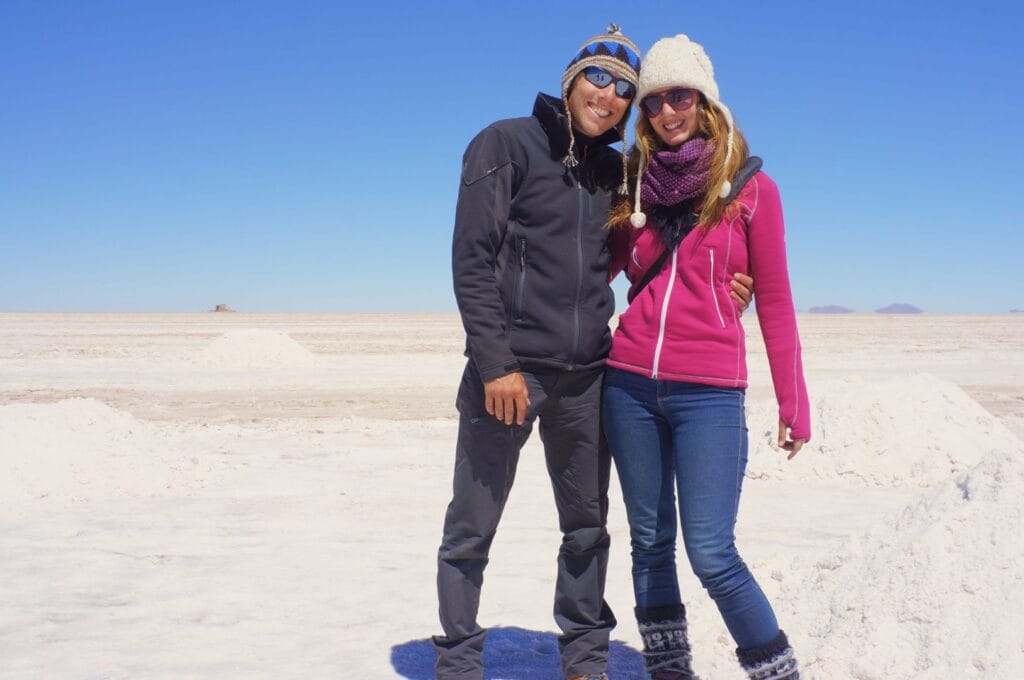
Presentation of Sud Lípez and Salar de Uyuni
Geography
Located at 3650 meters above sea level, the Salar de Uyuni is the largest salt flat in the world, covering over 10,000 km²! Geographically, Salar de Uyuni is located in the southwest of Bolivia, specifically in the Potosí department, which is divided into several provinces. The Salar spans the provinces of Nor Lípez and Daniel Campos. And Sud Lípez in this story is the southernmost province in this department.
This huge salt flat is part of the Altiplano, the high plateau that covers parts of Chile, Argentina, Bolivia, and Peru with Lake Titicaca. Another astonishing fact not immediately visible is that the Salar constitutes one of the world’s reserves of lithium, just like the Atacama Desert. We’re talking about several million tons that could be exploited. At the risk of altering this exceptional place?
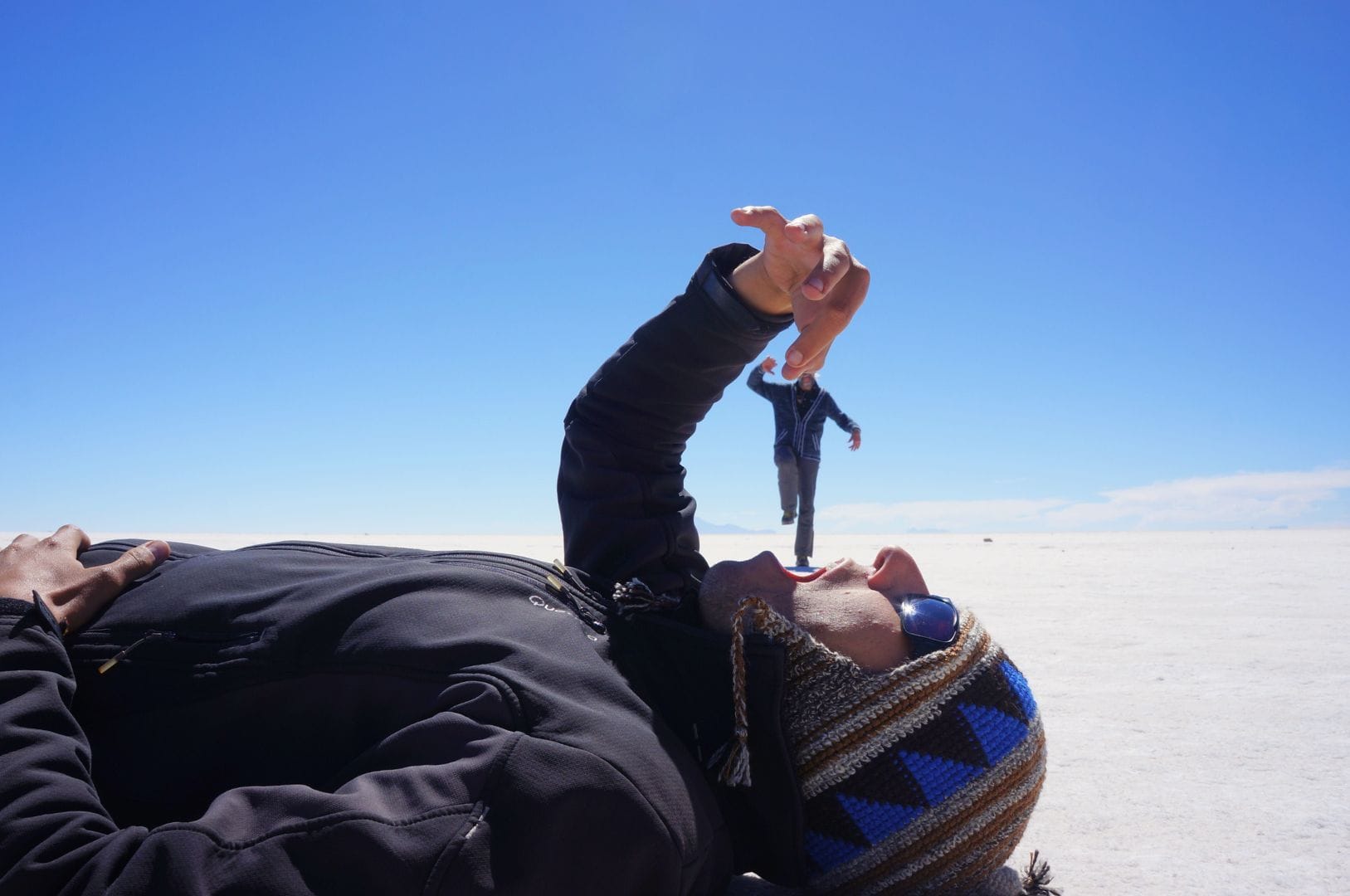
But what is the origin of the Uyuni salt flats? In fact, one has to go back to prehistoric times when a lake occupied the entire region. 14,000 years ago, it dried up to reveal the salt crust we know today.
The best time to visit Salar de Uyuni
The salt desert transforms with the seasons, and you can visit it all year round, to be honest. It all depends on what you want to admire.
The rainy season extends from January to March. As a result, the entire surface is covered with a thin layer of water for a few centimeters. The result? You’ll be walking on an open sky mirror! But on the other hand, some areas of the salt flats become difficult to access by Jeep.
During the dry season, from April to December, the Salar de Uyuni dries up and reveals its immaculate cracked white ground, without driving constraints for 4×4 vehicles.
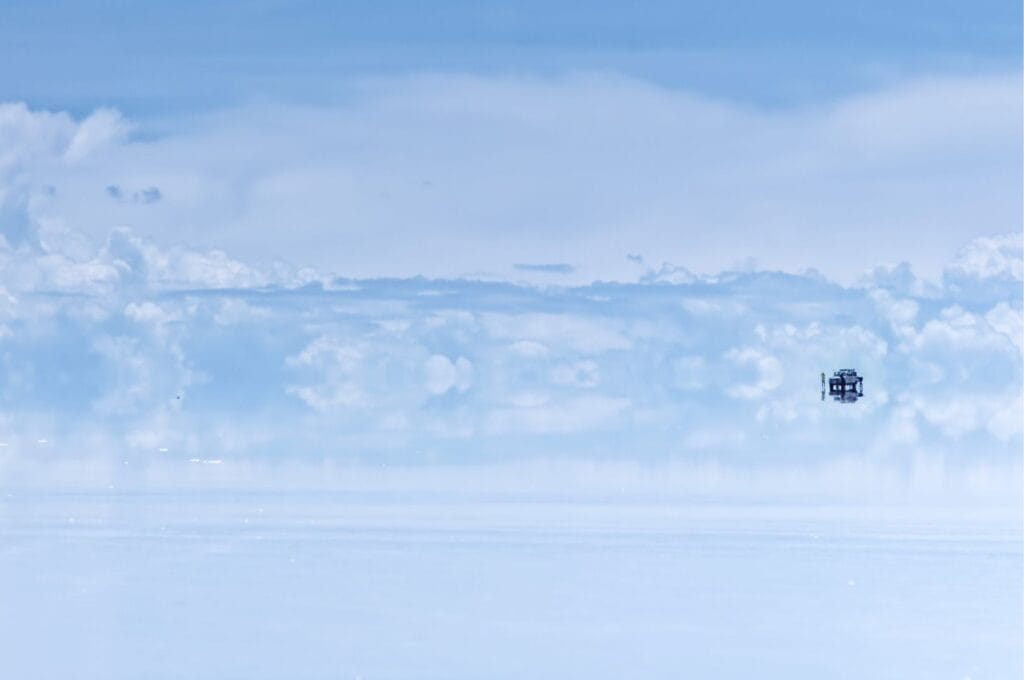
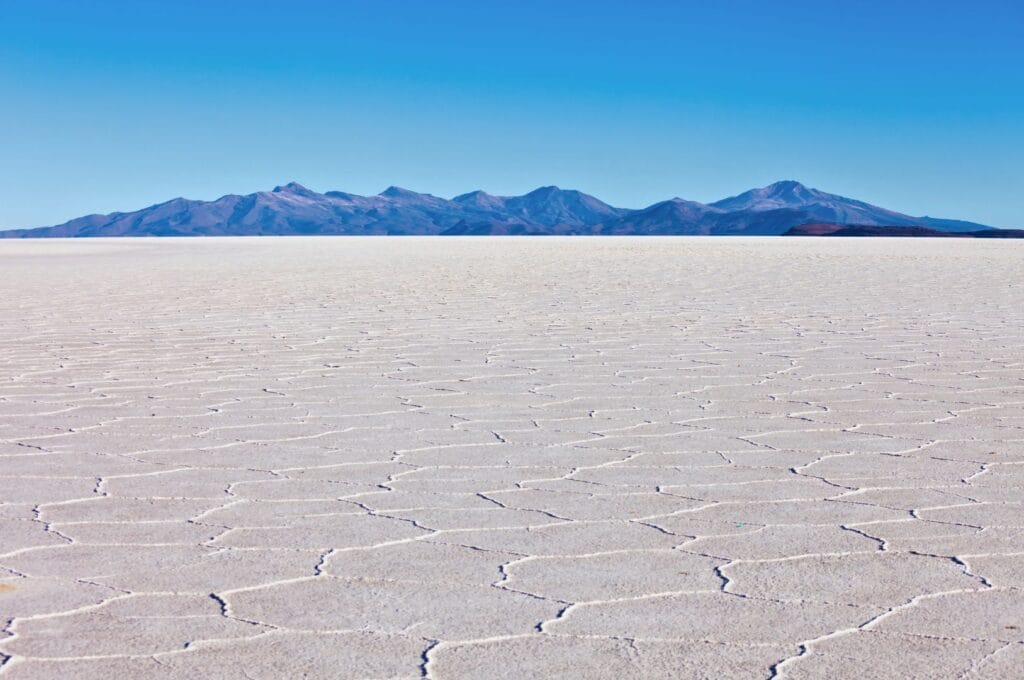
It’s up to you to see what you prefer depending on your itinerary in Bolivia. Whatever the season, don’t forget to acclimatize before visiting the Salar to avoid altitude sickness (soroche)!
Visiting Salar de Uyuni independently or with a tour?
Visiting Uyuni salt flats independently
In theory, it’s possible to visit Salar de Uyuni on your own. However, we strongly advise against it. You will have to rent a suitable car (4×4) from La Paz or Sucre since agencies have a monopoly on vehicles. Moreover, driving conditions around the Uyuni salt flats are quite uncertain. And since it’s quite remote, immediate assistance is not guaranteed. In the end, it will cost you more to rent a car than to take a tour for 1 or several days. So, for all these reasons, don’t bother and go through an agency where the drivers are used to it.
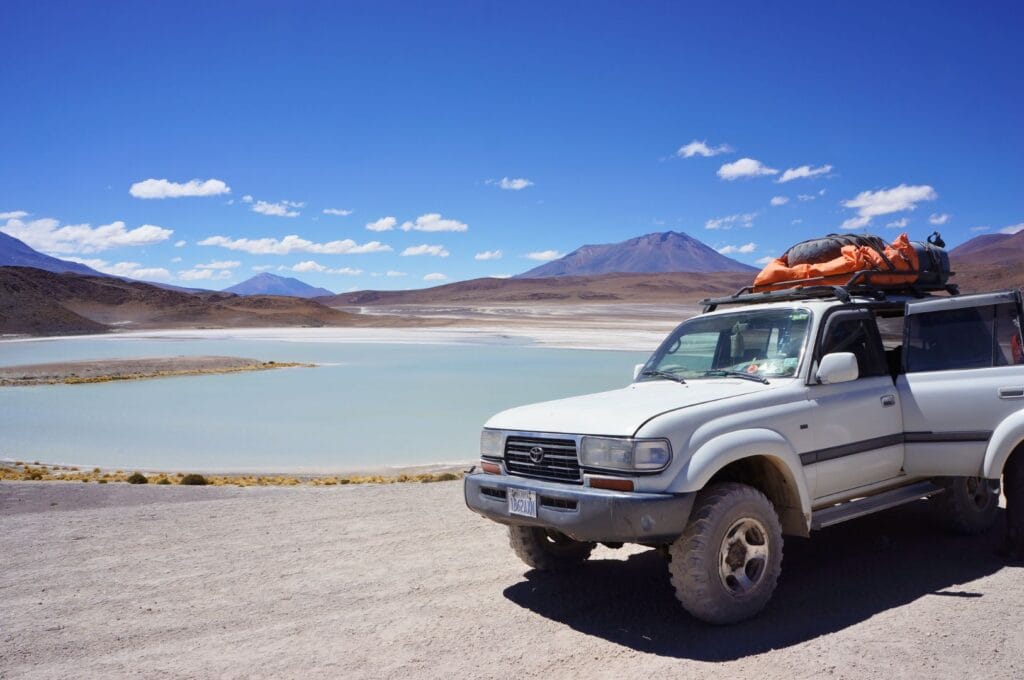
According to your departure city (we detail the transports below), you have the choice between visiting Salar de Uyuni for the day or 2, 3, 4, or even 5 days. In principle, everything is included: transportation, meals, and sometimes entry to various sites. Make sure to check what is included in the price and what is not! On our part, we took a 4-day excursion from Uyuni, and it was just magical. Agencies depart from Uyuni or Tupiza, and some tours also include transportation from La Paz, Sucre, or San Pedro de Atacama. In fact, it all depends on your desires and your travel itinerary!
1-Day Tour
In practice, it’s possible to spend a day in Salar only from the city of Uyuni. Once there, you’ll visit the salt flats of course, but also the must-sees of Salar de Uyuni:
- The train cemetery (Cementerio de Trenes);
- The small town of Colchani, at the gates of Salar with the Dakar monument and flags;
- The first salt hotel built in the Salar, which has now become a museum;
- The Island of Cactus (Isla Incahuasi);
- A sunset on the Uyuni salt flats.
This could be an option if you’re really pressed for time, but honestly, it would be a shame to miss out on everything the Sud Lípez region has to offer!
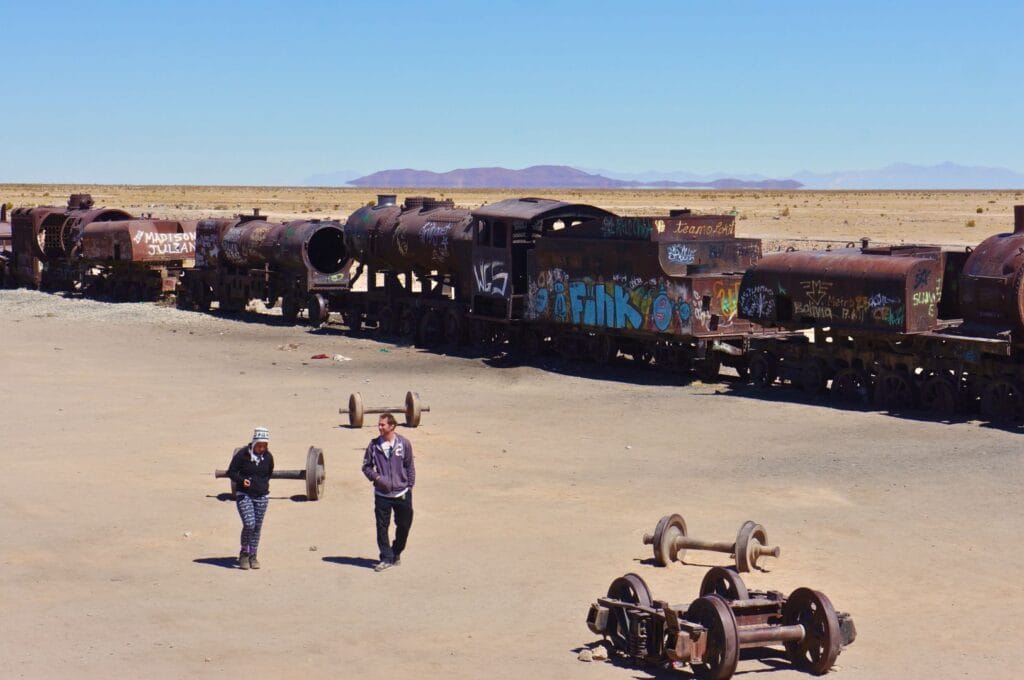
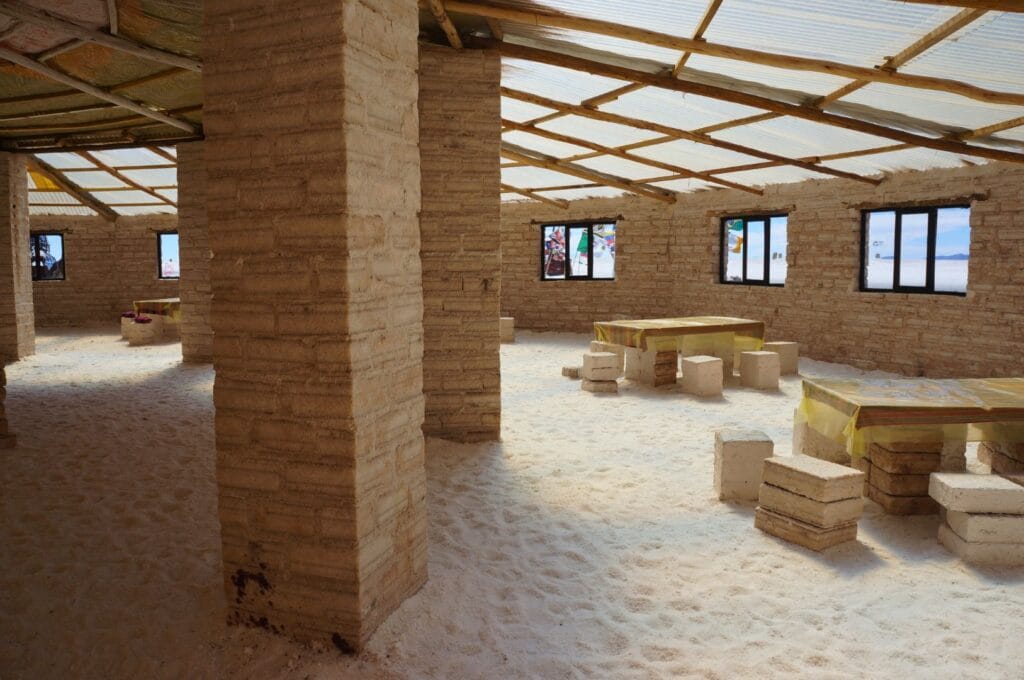
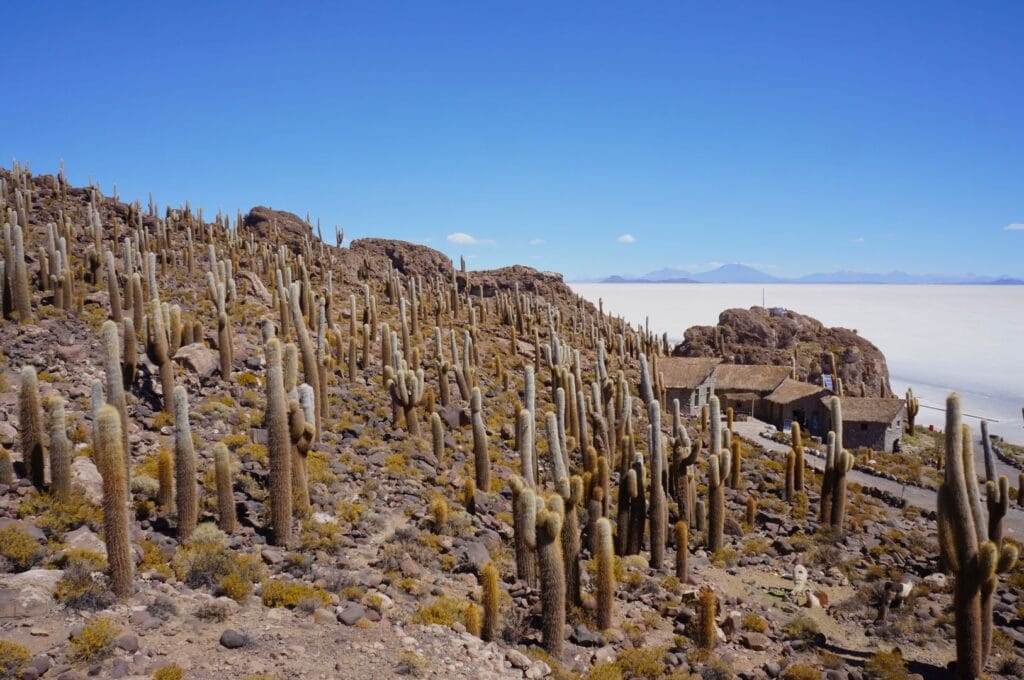
2-Day Tour
So, if you’re thinking of taking a 2-day tour, the tour program will be different depending on your departure city. To make the most of it, it’s best to leave from Uyuni.
From La Paz, Sucre, and Puno, since the cities are quite far from the desert, you’ll take an overnight bus to reach Uyuni. The program for the next day will then be the same as the 1-day tour. Finally, you’ll return to your departure city by overnight bus. In the end, you’ll have a 3-day excursion to see the Salar while spending one day on-site.
From Uyuni, the program for the first day is identical to the one above, and you’ll stay overnight in the hotel. For the second day of the visit, the schedule will depend on the agency you choose. Either you’ll go to the foot of the Tunupa volcano located north of the Salar, or you’ll visit the Chantani museum, or you’ll bathe in the hot springs of Termas de Polques, or you’ll visit the old Pulacayo mine. The steps are diverse, so it’s up to you to choose what suits you best.
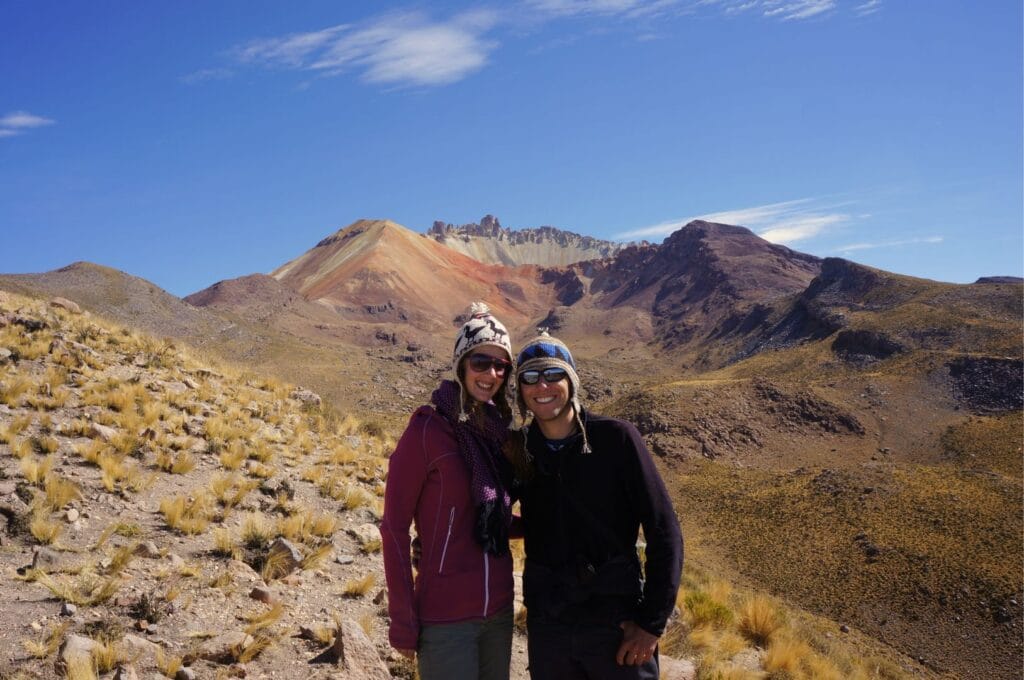
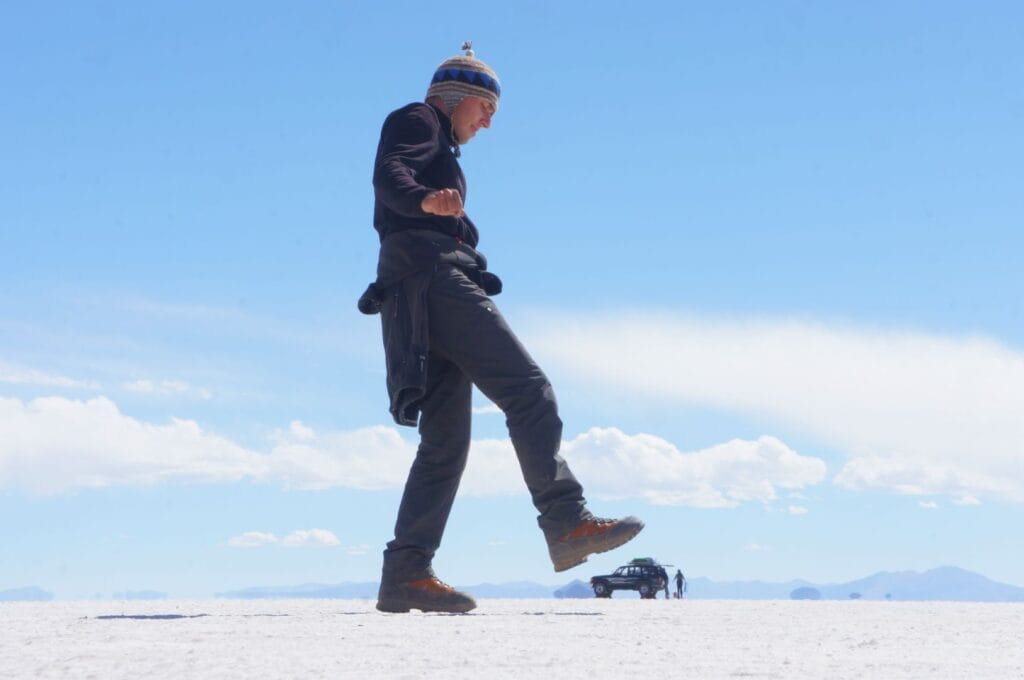
3-day Tour
From 3 days around the Uyuni salt flats, the proposed activities diversify so as not to miss a single crumb of the Sud Lípez! In fact, the majority of travelers choose this option.
From La Paz
From La Paz, the program will be exactly the same as for 2 days. Agencies count the return in the early morning by night bus as an additional day.
If you happen to want to ride the Death Road (Yengas Road) by bike from La Paz, you can combine this unique experience on the road of the impossible with a 3-day excursion to the Uyuni salt flats! Today, this old road is used almost exclusively by pedestrians or cyclists since another road has been built for vehicles. As its name suggests, many accidents occurred, especially when vehicles were circulating and crossing paths. Laura rode it on mountain bikes, and if you’re interested in this activity, you can reassure yourself by reading her article here!

From Uyuni
Starting directly from Uyuni, the program for the first day remains unchanged. For the rest, it’s also quite random depending on the guided tours, but you will spend part of it in Sud Lípez. Roughly, for the next 2 days, you will head to:
- the magnificent Eduardo Avaroa Andean National Fauna Reserve;
- the Ollagüe volcano on the border between Bolivia and Chile;
- the Siloli Desert with its strangely shaped rock formations;
- the Laguna Colorado Lagoon where you will see pink flamingos and other lagoons in the region;
- the Termas de Polques (hot springs);
- geysers in the area (Sol de Mañana);
- the Salvador Dali desert.
In short, there’s plenty to see! You’ll understand why we recommend starting from Uyuni rather than from another city! As a bonus, you can combine the Uyuni desert with its Chilean neighbor, the Atacama Desert, for a breathtaking journey.
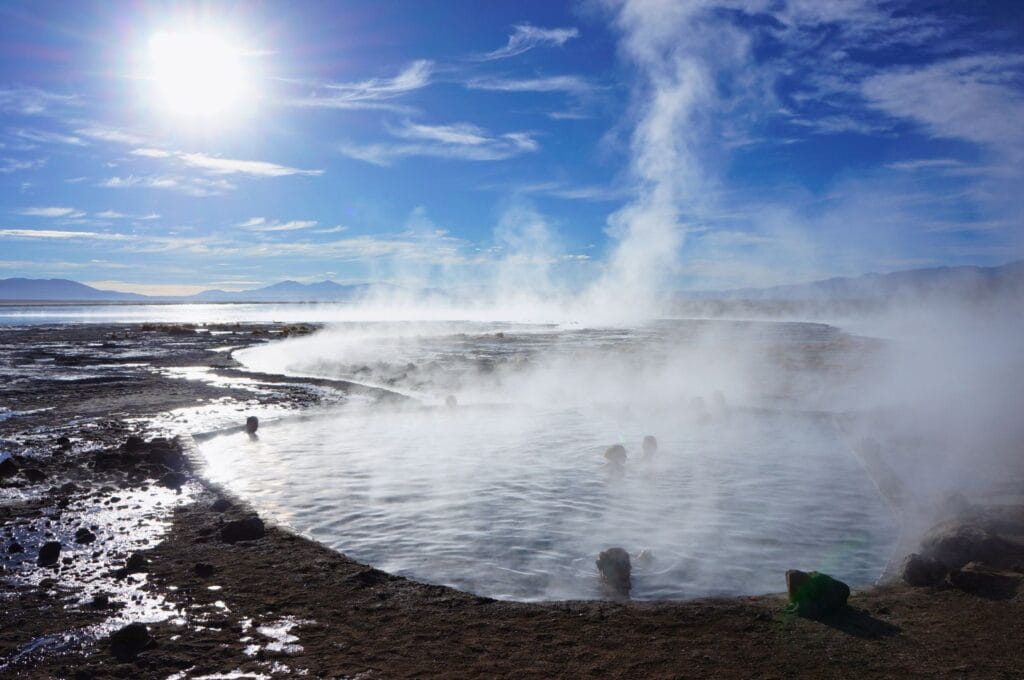
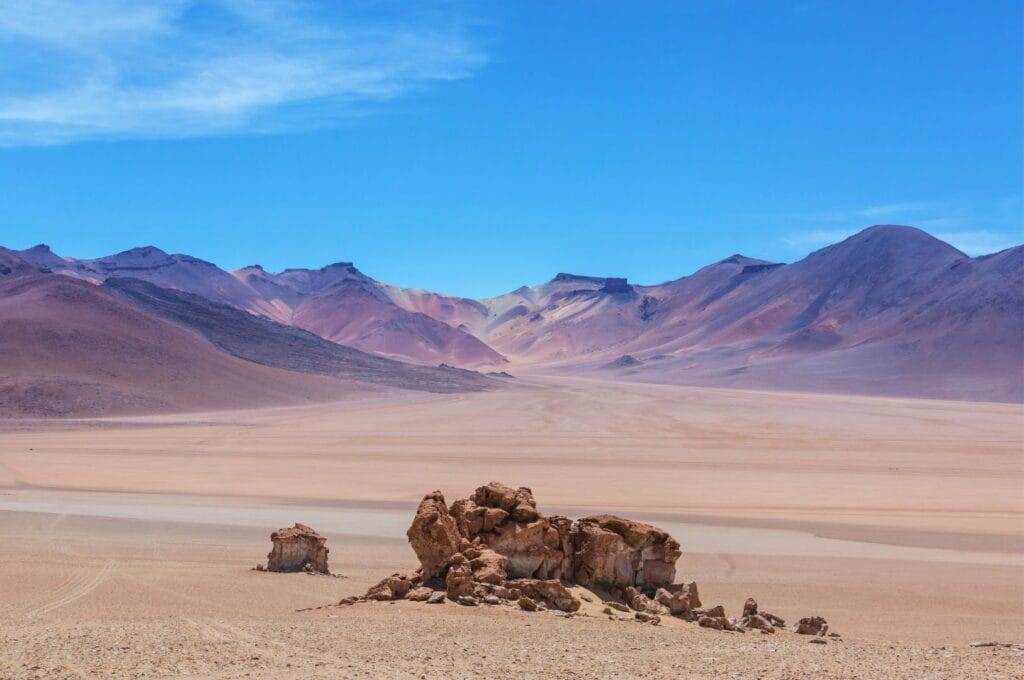
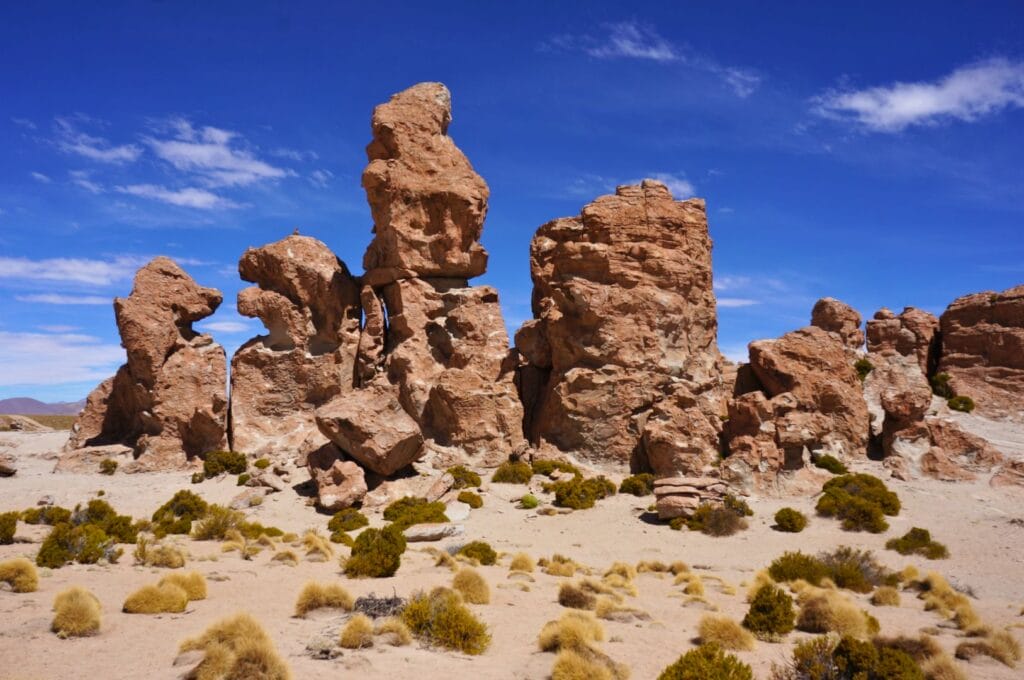
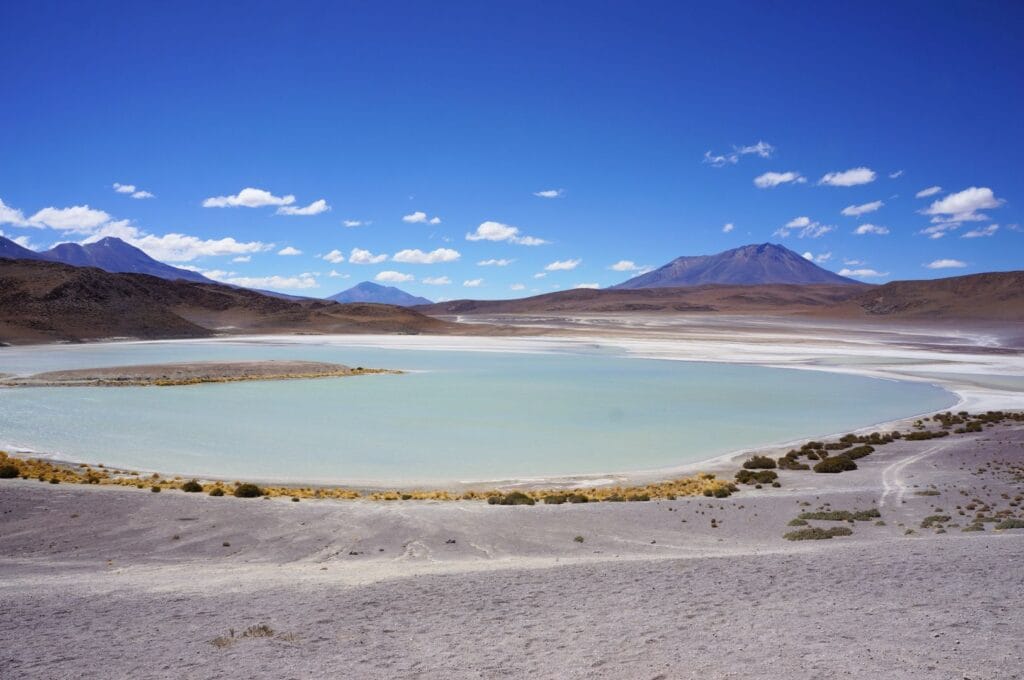
4 or 5-day Tour
From La Paz and Uyuni
From La Paz, only a few agencies offer guided tours of the Salar region for 4 or 5 days. Find them here!
From Uyuni, there is a 4-day itinerary quite similar to the 3-day one. But as you’ve understood, you’ll spend more time at each place, and that’s what we’ve chosen. Find here the photo story of our wild 4-day adventure through the Sud Lípez region!
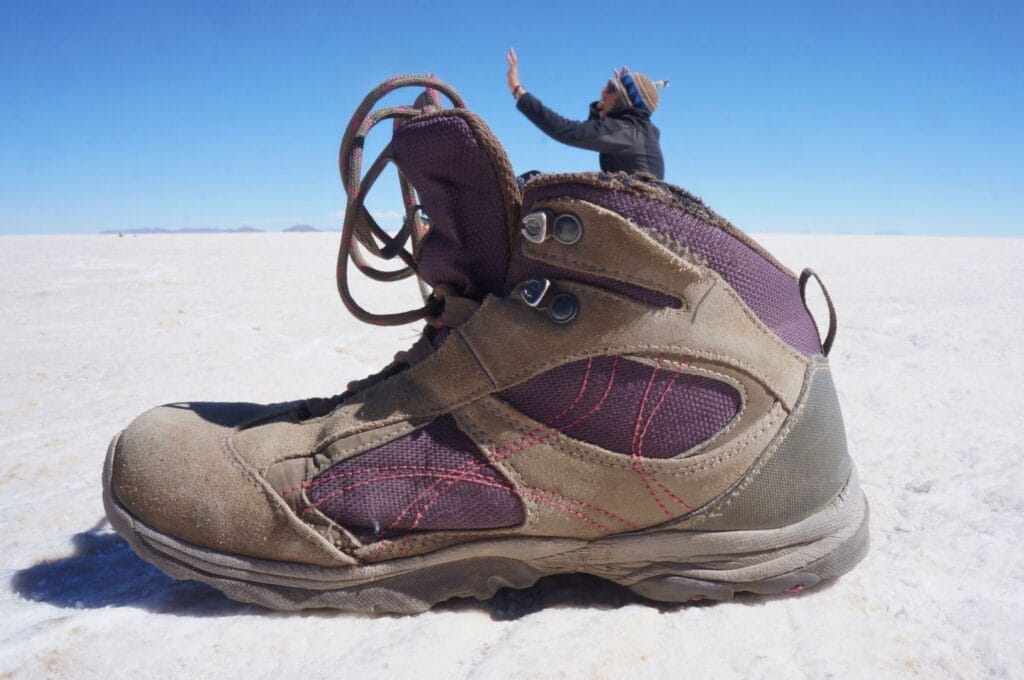
From Tupiza
The town of Tupiza has been another starting point for organized tours for a few years now. The particularity of these tours is to end the excursion with perhaps the highlight (you’ll tell us!), the Uyuni salt flats! We elaborate on the advantages and disadvantages of starting from Tupiza here.
Here, we share the itinerary from Tupiza by Claire and Rémi, two readers who explored Sud Lípez in 4 days with the Natural Adventure agency:
- Day 1: in the mountains, on the Altiplano. Departure from Tupiza; passing through El Sillar (rock formation) and El Pueblo Fantasma, the ghost town built by the Spaniards and deserted by the miners near San Antonio de Lípez; night in Quetena Chico.
- Day 2: visit to Sud Lípez and the Eduardo Avaroa Andean National Fauna Reserve, heading to Laguna Hedionda and Laguna Kollpa with many flamingos in sight; Dali Desert; Laguna Verde and Laguna Blanca with a view of the Licancabur volcano on the border between Chile and Bolivia; Polques hot springs; geysers (Sol de Mañana); Laguna Colorada; night in Villa Mar Mallcu.
- Day 3: dry lava and Italia Perdida Canyon, Anaconda Canyon, Laguna Negra, San Cristobal village; arrival at the Uyuni salt flats and sunset over the salt flats; night in Colchani in a salt refuge.
- Day 4: sunrise over the Salar, salt museum and Dakar Rally monument, photo session on the salt flats, meal in Colchani and end of the tour in Uyuni.
It’s possible to return to Tupiza if you wish. The program changes a bit depending on the season. In the case of Claire and Rémi, since the Salar was flooded, they didn’t go to Incahuasi Island, for example. There were 5 of them in the car with their driver-guide and there was a cook in the other 4×4 from the agency.
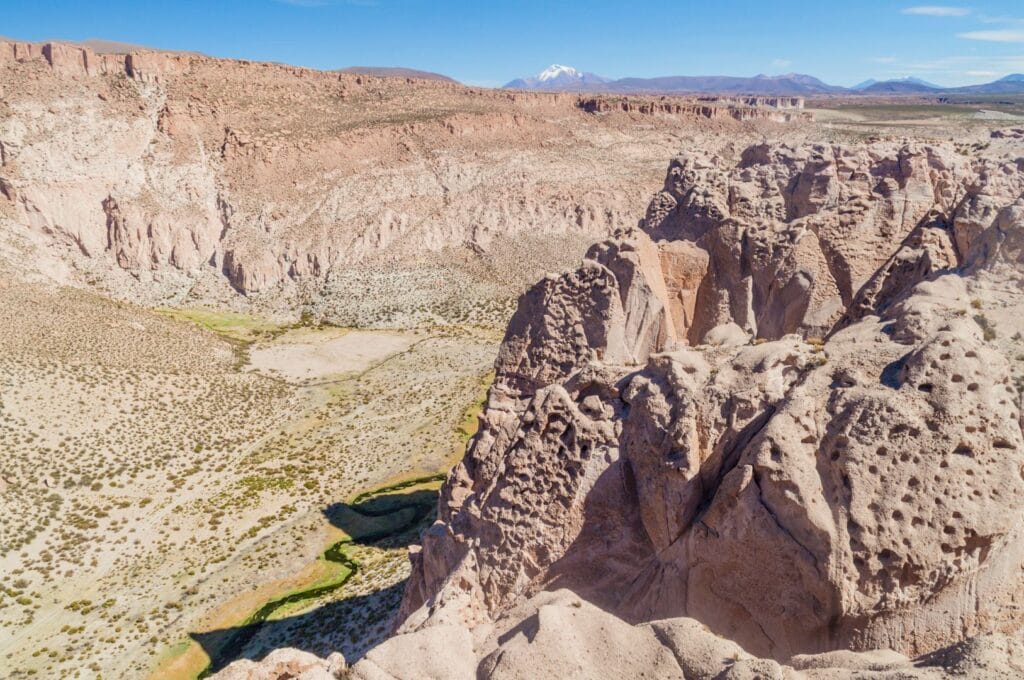
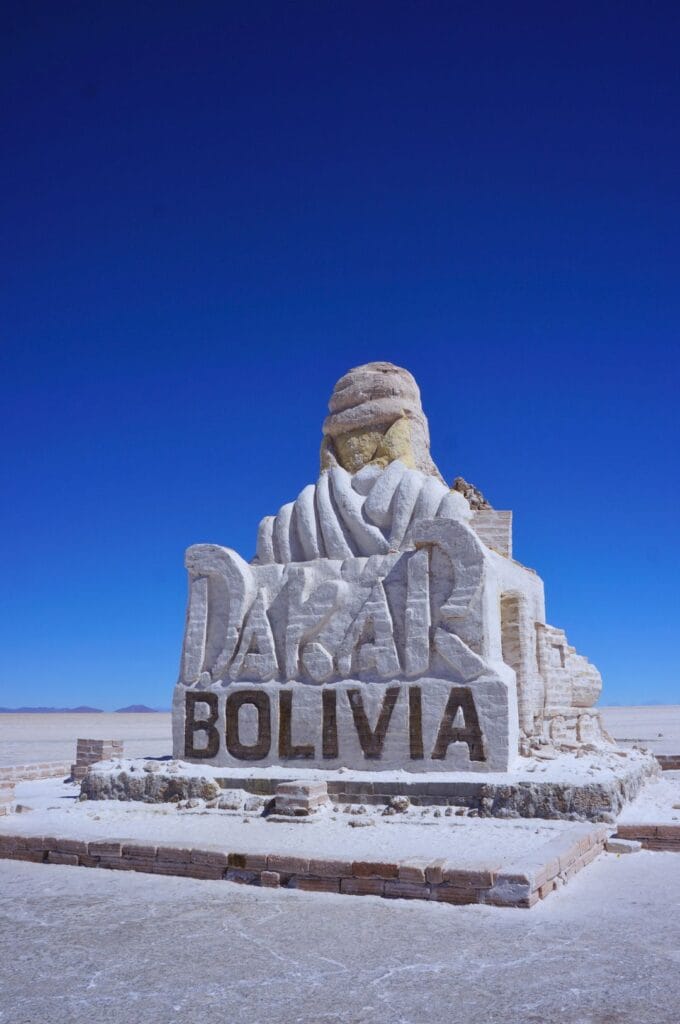
This article contains affiliate links to partner sites. When you use our links to book accommodation, a car, or an activity, you don’t pay anything extra, but we get a small commission. This helps us to offer you free, independent, and ad-free content. Thank you for your support!
Choosing your tour to go to the Salar de Uyuni
After settling in, we set out to find an agency. Well, let me tell you right away that the agencies find you long before you even start looking for them. As soon as we got off the bus, at 6:30 sharp in the morning, about fifteen girls had already come to hassle us to sell us a tour!
At that time, all the agencies were as thick as thieves. They would sell you a tour at a certain price, then they would place you in a Jeep with people from the same agency. If the girl hadn’t managed to gather 6 people, which is the standard number of people in the Jeep, then they would mix two agencies.
Today, it’s still the case, but there are also private tours with a Jeep and a guide just for you. Obviously, it’s a bit more expensive, but you’re ensured to have peace throughout the entire trip. Normally, the maximum capacity of a Jeep is 6 people, but sometimes the agencies squeeze in and stack 7 tourists into the 4×4! So, unless you have 3 Lilliputians on the team who could squeeze into the back seat, 7 is simply too many! We’re not very tall already (well yes, just little Swiss folks!), but with our 1.73 meters, it was almost too tight to sit 2 in the back… So, with 3, I can’t even imagine, especially considering the significant time spent on the road.
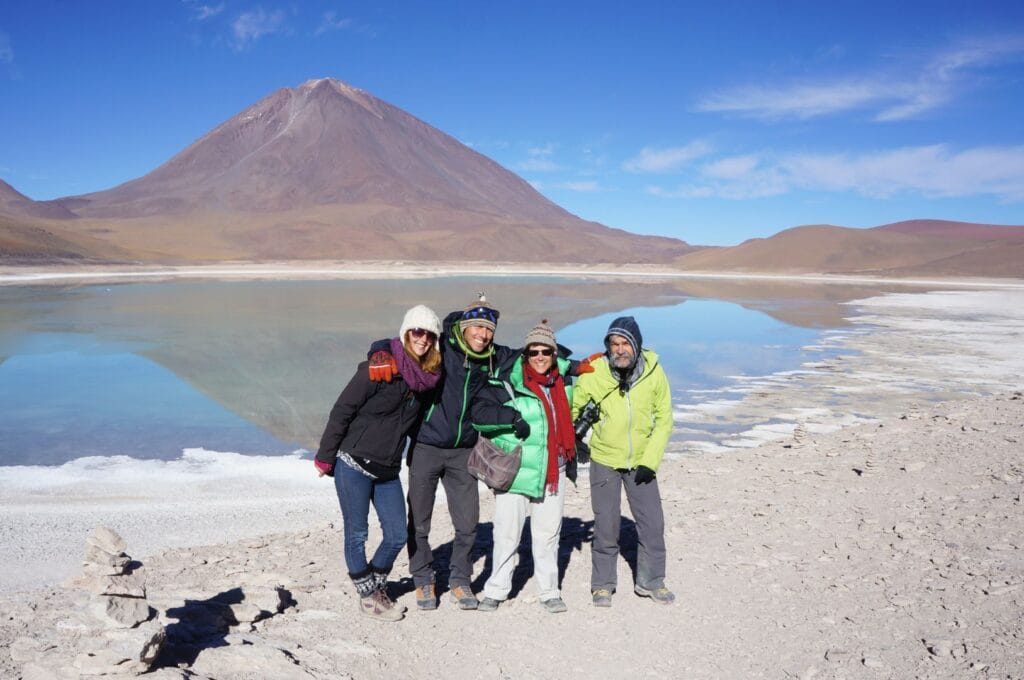
On-site or in advance
In this article, we’ve presented tours with good value for money to help you plan your trip to Bolivia in advance. Another option is to plan last minute by visiting agencies on-site to find the tour that suits you. Tip: don’t book your tour from Uyuni at agencies located in La Paz! They all subcontract to those in Uyuni, so the tours offered are identical, with their markup on top! By taking a night bus to Uyuni, you can start immediately with a tour as they depart between 10:30 and 11 am. In any case, make sure to check a few details before booking… Your experience will greatly depend on the tour you choose, so don’t hesitate to ask questions, compare services, and read reviews.
Accommodation
The last night of our 4-day tour of Sud Lípez was quickly decided: there wasn’t much choice since it was dormitories for 6. But the other nights, double rooms were available, and the price didn’t change, so ask!
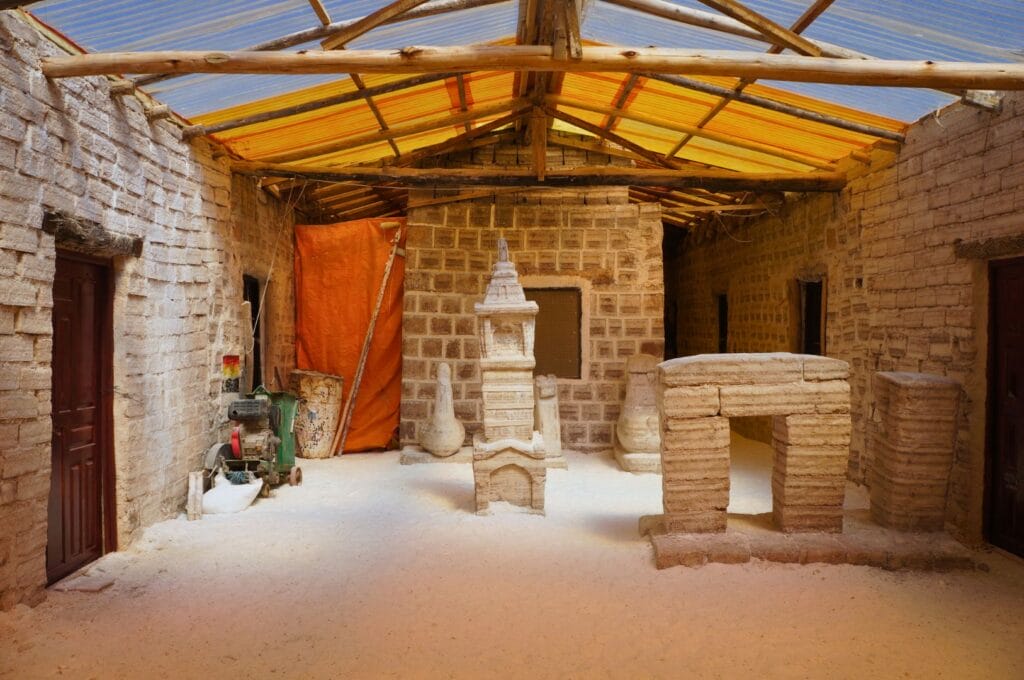
The guide
Your driver will be your guide, and for this reason, make sure he speaks English. It would be a shame not to understand all of his explanations.
Water
Generally, water is included, but sometimes only for meals! Agencies provide 2 liters per meal (for 6 people) and nothing more. So, make sure to ensure that the agency provides a decent supply of water. Otherwise, buy a 5-liter jug in Uyuni and take it with you. Otherwise, you’ll have to invest a fortune to buy small bottles of water sold in the shops on the Salar!
The direction of the tour
One thing we didn’t do but regret a bit… If you’re a small group and want to start from Uyuni, ask to do the Salar tour in the opposite direction! All agencies do the tour in the same direction and obviously depart from Uyuni at the same time. So, some places become quite crowded… By starting in Sud Lípez, you’ll be much quieter! However, agencies will surely try to discourage you by saying it’s the same with people coming from Tupiza and San Pedro de Atacama. It’s not, there are far fewer people starting from there than from Uyuni!
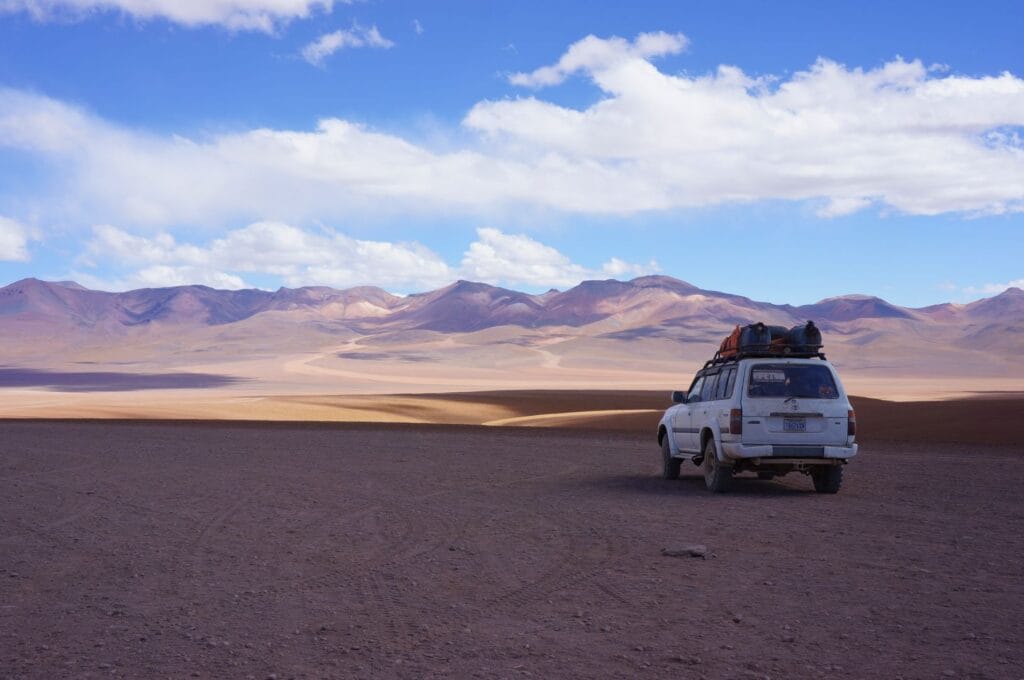
One thing to consider is whether to return to your starting point or not. Normally, agencies offer the option of leaving you at the arrival point or taking you back to the start of the tour. It’s up to you to see what’s more interesting depending on your travel itinerary. In any case, don’t hesitate to ask your contact person.
Entrance tickets for different sites
Make sure to check if entrance tickets to the various sites on the tour are included in the price or not. You may need to add a total of 200 bolivianos to pay the entrance fee to the Eduardo Avaroa Andean National Fauna Reserve, the Polques hot springs, and the Cactus Island.
How to get to Uyuni salt flats
To visit the salt flats, you need to go to Uyuni or Tupiza, the departure cities for tours. Some agencies also organize tours from La Paz, as well as from neighboring countries. We detail everything in this section with the pros and cons.
Getting to Uyuni
Uyuni is the departure city we chose to visit the Salar in 4 days. What are the advantages and disadvantages of starting from this city?
- Many tours depart from Uyuni, so you have a greater choice of agencies.
- You can do a day tour if you’re a bit short on time.
- It’s closer to La Paz.
- But the city lacks charm.
- And with more tours, it’s more popular, and there are more people.
- Most tours don’t have a designated cook, it’s often the driver/guide who serves as a cook.
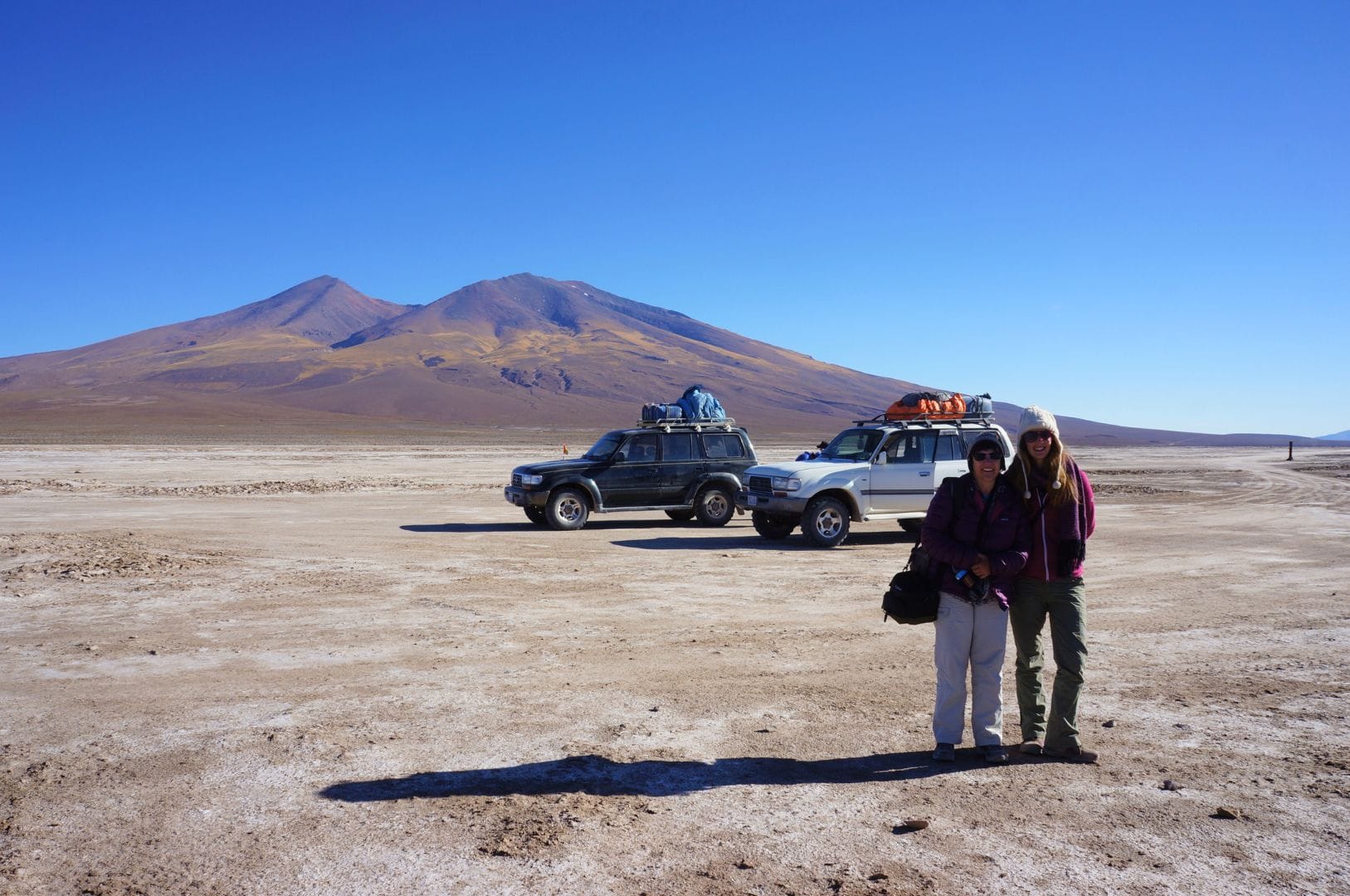
From La Paz
Since we were coming from Copacabana on the shores of Lake Titicaca, we passed through La Paz again. From there, we had the choice between taking the bus, the plane, or the train to get to Uyuni.
We were with Ben’s parents for 15 days, so the bus option wasn’t going to be the most comfortable. Indeed, at that time, the road between La Paz and Uyuni wasn’t paved, as unlikely as it may seem given the tourist traffic on this stretch! So, the bus ride promised to be rough on a dirt track… We tried to find an alternative, to no avail! (We assure you: today, you’ll drive on a well-maintained road!)
By plane
Flying is the fastest and most comfortable option. Daily connections are available and you’ll need to budget between 70 and 100 euros for the flight. This option was clearly out of budget for us as little backpackers.
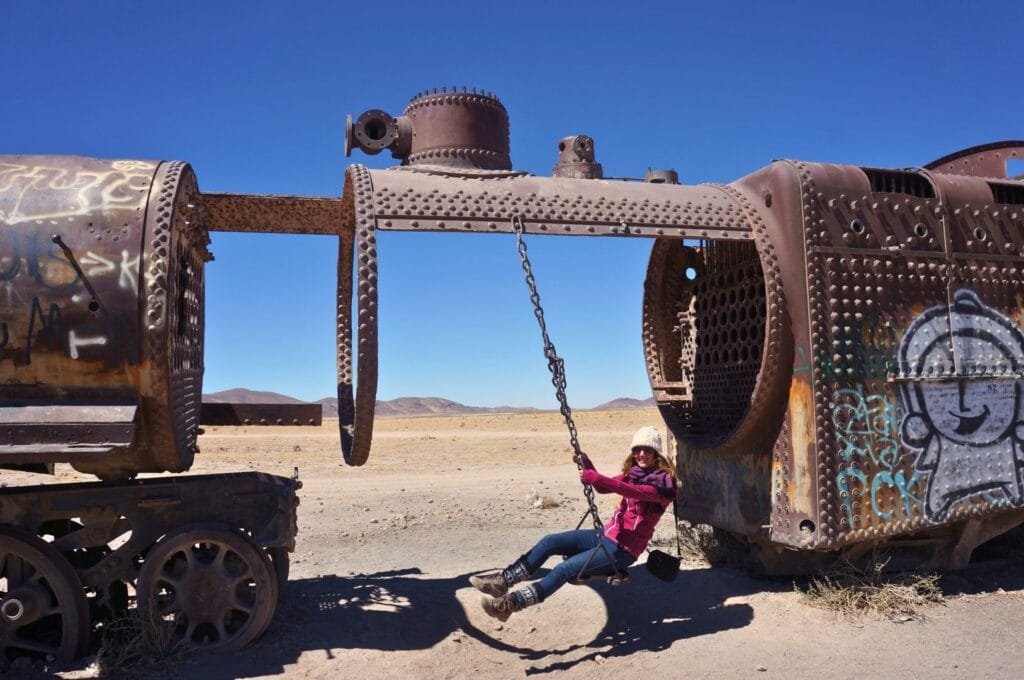
By train
Combining bus + train seemed interesting on paper. The idea was to take a bus to the city of Oruro (about 4 hour’s journey) and then take the train to Uyuni. The train is comfortable, safe, and a ticket costs barely more than the bus. But there weren’t trains every day, and when there was one, it was always at the same time. Not practical to arrive in Uyuni at 2 in the morning!
Note: since COVID, rail traffic has been suspended on Bolivian lines. So, to this day, you’re left with the option of flying or taking the bus to reach Uyuni from La Paz.
By bus
Not really motivated to arrive in the middle of the night in the freezing cold of Uyuni, we settled for the most common option: the bus from La Paz to Uyuni. The journey is by overnight bus, lasts 9 hours, and costs between 14 and 30 euros per person. So, you arrive in the early morning, between 6 and 7 a.m.
By opting for the cheapest tickets, the bus will be standard, meaning there won’t be any onboard services and the seats won’t recline like most buses in South America. By paying a bit more, you’ll be in semi-cama seats (with seats that recline to 140°), or even cama seats (160°), which are both more comfortable. To search for and book tickets, we recommend this site or this one. In the end, we took a cama bus for a pleasant night on the bus.

From Puno and Copacabana
Whether you’re leaving from Puno or Copacabana, the simplest way to get to Uyuni is to pass through La Paz. From Puno, you have the choice between Bolivia Hop or reaching Copacabana by taking one of these buses, then a second one that goes to La Paz. For the rest of the trip to Uyuni, refer to the section just above!
From Sucre
To go directly from Sucre to Uyuni, the bus is also the best option in our opinion. The journey is overnight and takes 8 hours aboard a cama bus.
From San Pedro de Atacama
San Pedro de Atacama is only 530 km away from Uyuni but it takes half a day to travel from one city to the other. It seems that only semi-cama buses operate on this route.
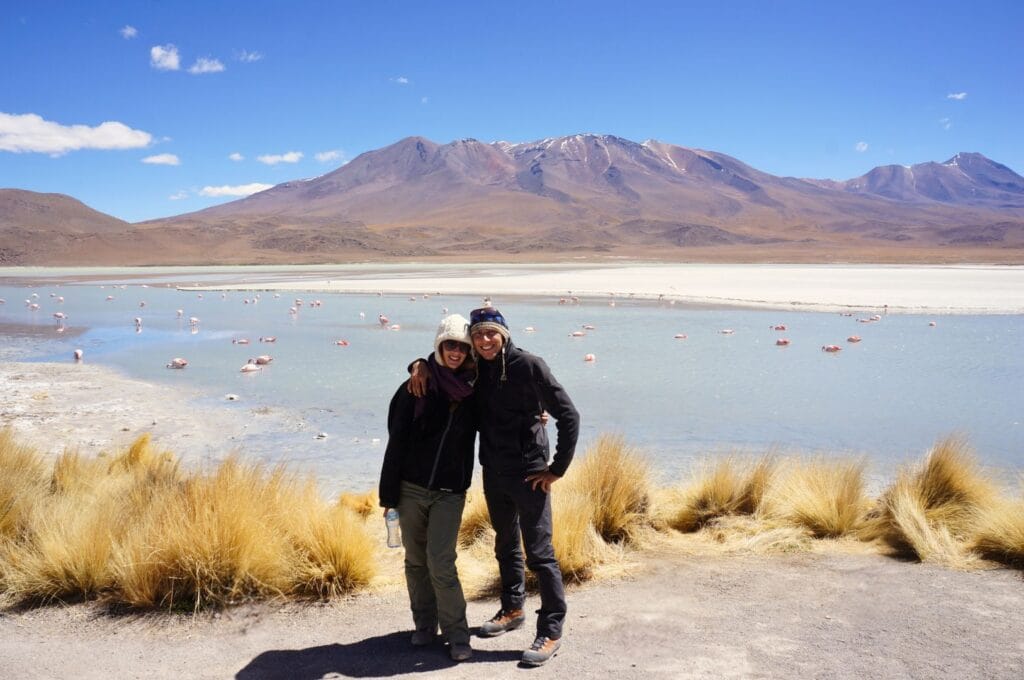
Getting to Tupiza
This city is located in southern Bolivia, less than 100 kilometers from the Argentine border. Here are the advantages and disadvantages of starting from Tupiza.
- Tupiza is much less popular than Uyuni so you’ll encounter fewer people on your itinerary, especially during the first 2 days.
- If you’re coming from Argentina, you don’t need to reach Uyuni as Tupiza is on the way!
- The city is much more charming than Uyuni! It also offers more activities besides Jeep tours, such as horseback riding or walking tours in Sud Lípez.
- You’ll travel with a cook who will prepare your meals throughout the stay.
- The program is slightly different from that of Uyuni depending on the agencies. On the 3rd day, in the Siloli desert, some go by the right route (Laguna Vinto, Laguna Negra, Canyon Del Anaconda…) while others take the left one (Árbol de Piedra, Laguna Kara, Laguna Cachi…).
- You end your trip with the best (you be the judge!): the Salar de Uyuni!
- Tours are slightly more expensive than those departing from Uyuni and you can’t have a stay of less than 4 days from Tupiza.
- The city of Tupiza is less accessible than Uyuni.
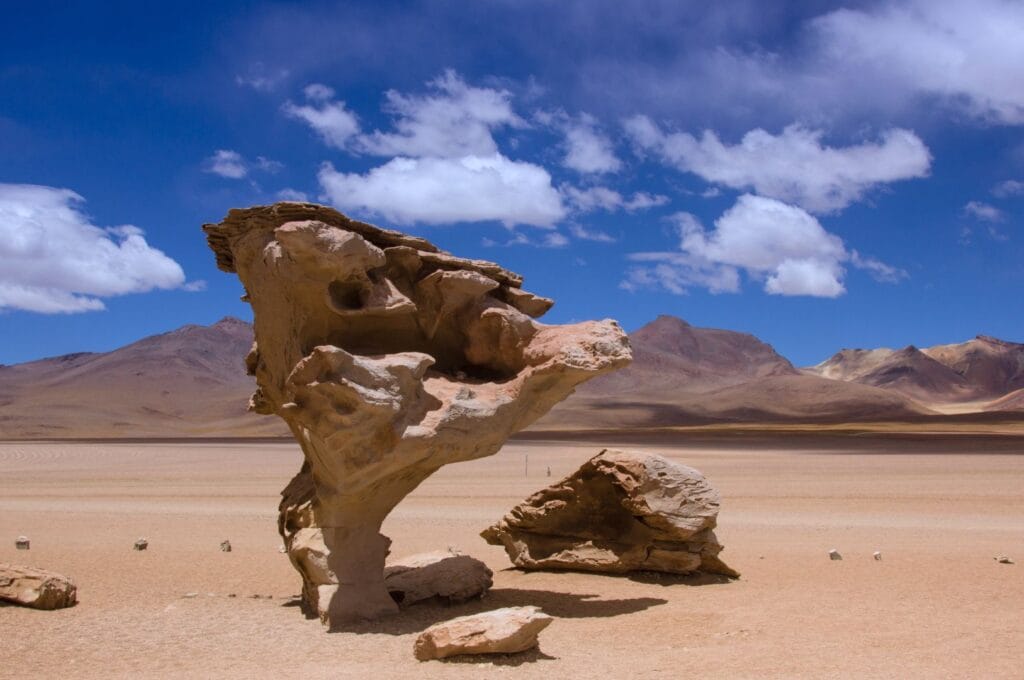
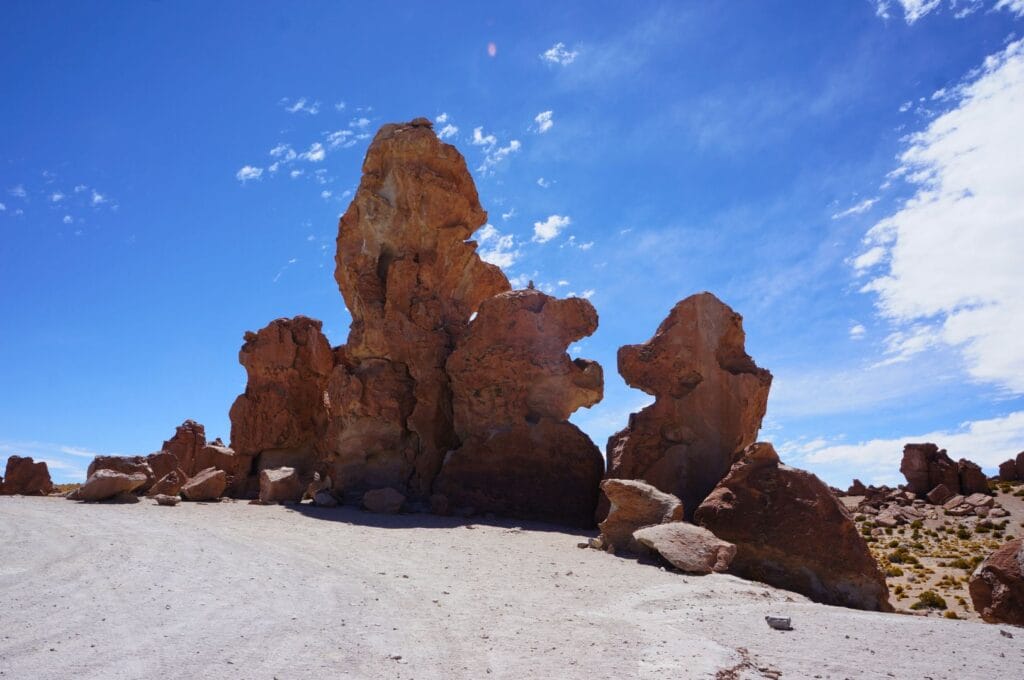
By bus
From La Paz, you first need to reach the city of Potosí by a 9-hour bus ride, then take another bus from Potosí to Tupiza for a 7-hour journey.
From Sucre, overnight cama buses make the trip to Tupiza (an 8-hour ride).
If you’re in Argentina, from Salta, you’ll have to make the journey in 2 parts to reach Tupiza, but don’t worry, it’s easy. First, take a semi-cama bus from Salta to La Quiaca, near the Bolivian border (a 7.5-hour journey). From there, you can cross the border on foot by going to Villazon, the town next to La Quiaca. Then, you just need to take a bus or minivan from Villazon’s bus station to Tupiza, which takes 2 hours.
By train
Since 2020, it’s no longer possible to take the train in Bolivia… Before, a train connected La Paz to Oruro, Uyuni, and Tupiza. Today, you’ll have to resort to the bus!
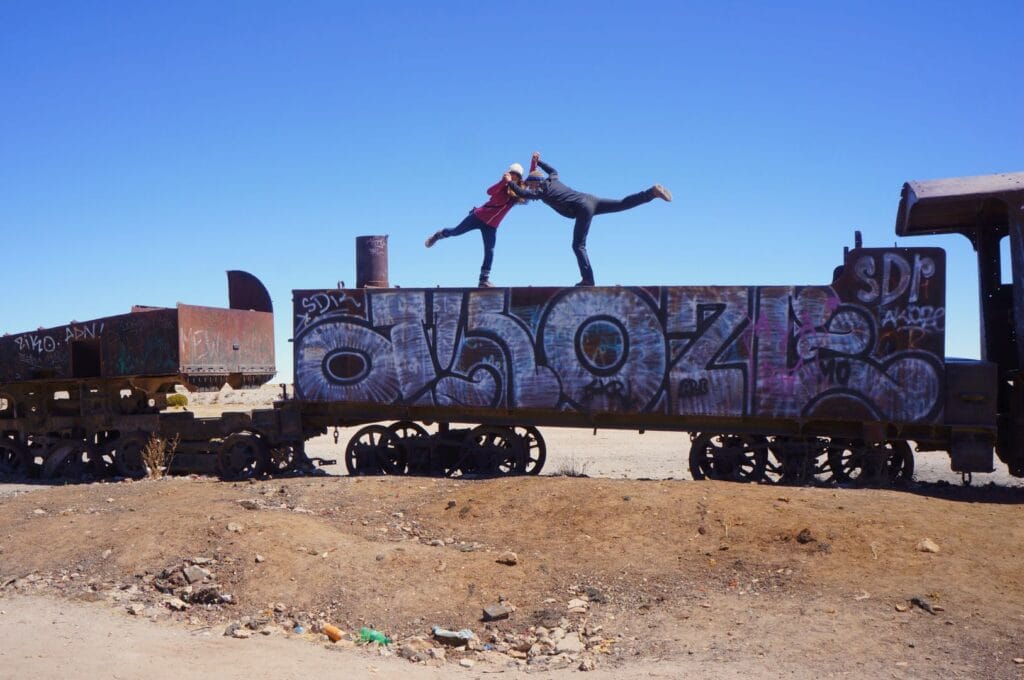
Sleeping in Uyuni and Tupiza
Uyuni
We don’t remember the name of the hotel in Uyuni, but that’s not a big deal because we wouldn’t necessarily recommend it. It looked a lot like a prison, the welcome was as warm as the shower water, but the price was very reasonable. We recommend Piedra Blanca Backpackers Hostel for a dorm bed with breakfast included, as well as Hostal Golden Quinua for a double room with breakfast.
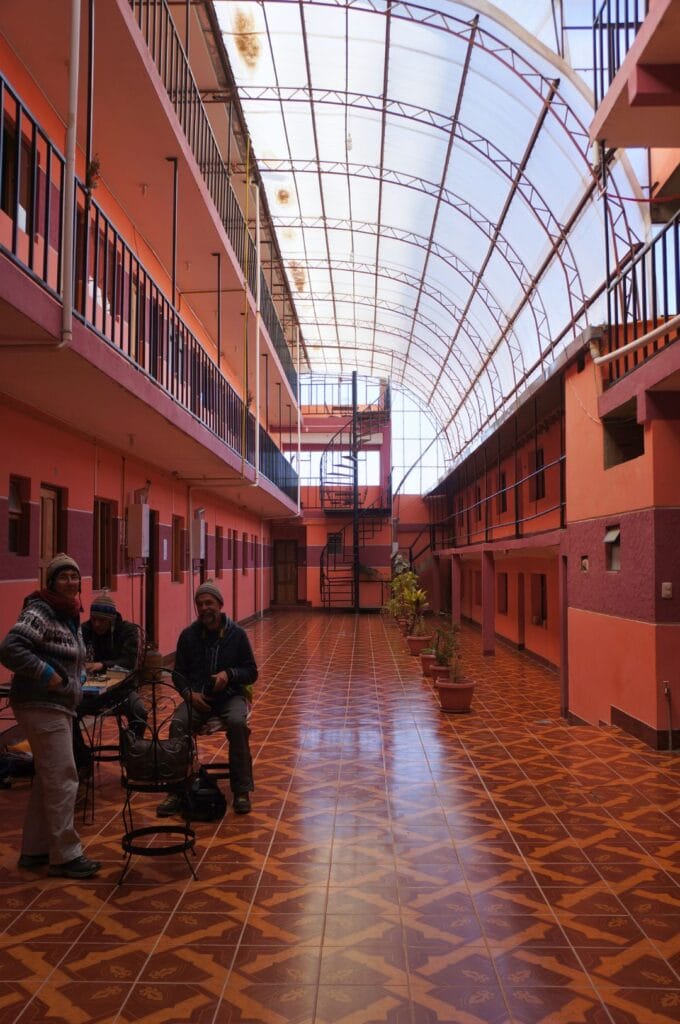
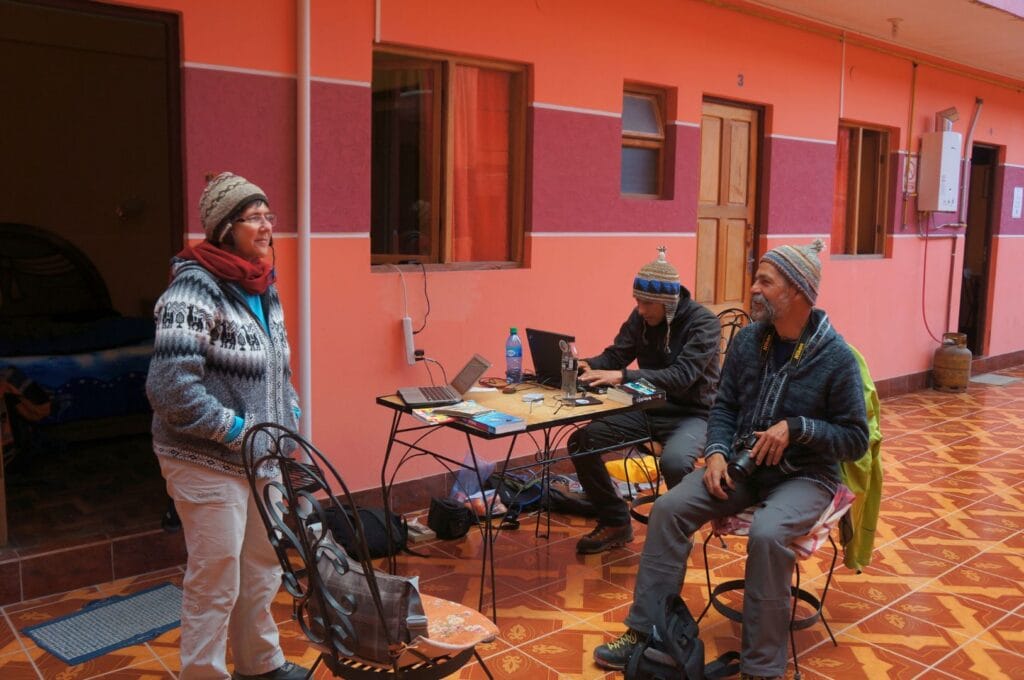
Tupiza
Claire and Rémi stayed at Hostal Valle Hermoso for a night in a dorm or double room for about a hundred bolivianos. No complaints: good value for money!
Temperatures in the Uyuni salt flats
Last but not least: the Salar de Uyuni is at an altitude of over 4000 meters, and in Sud Lípez, it climbs to 5000 meters! So, it’s cold, even very VERY cold!
The 3rd night (or 2nd if you’re on the 3-day tour) is really freezing, a small sleeping bag is not too much to add to the blankets provided… Sometimes, agencies include it in the package. At night, the thermometer easily reaches around -10°C. Without heating and with insulation that leaves much to be desired, you can imagine the room temperatures… So, bundle up or you’ll freeze your you-know-what off like our Brazilian companion with his little denim jacket, the poor guy ended up having to buy a coat along the way. (It’s crazy, it’s always the Brazilians who have issues in our group, cf. the Santa Cruz trek.)
In your backpack, make sure to pack very warm clothes, a sleeping bag (if not included), sunglasses, sunscreen, toilet paper, cash to pay for entrance fees not included in the tour, and a swimsuit if you’re going to the Polques hot springs.
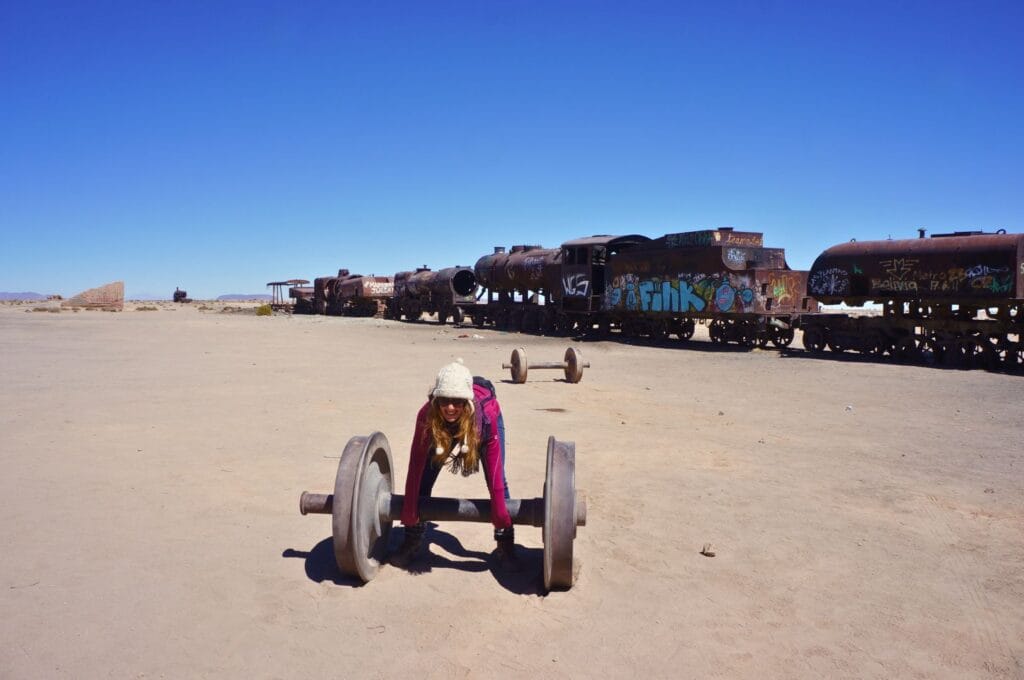
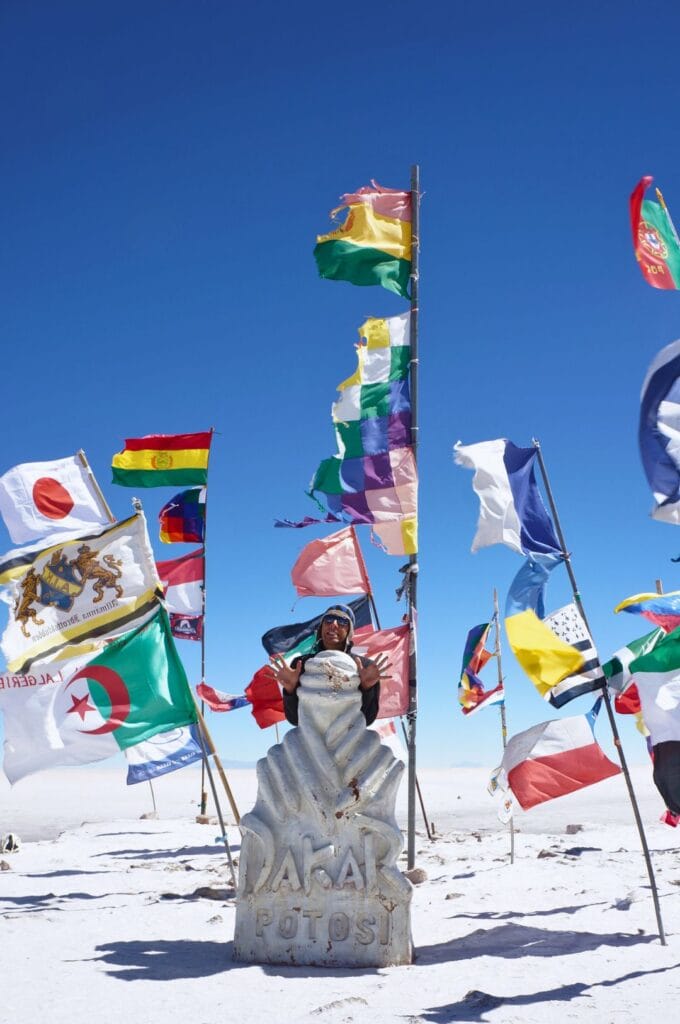
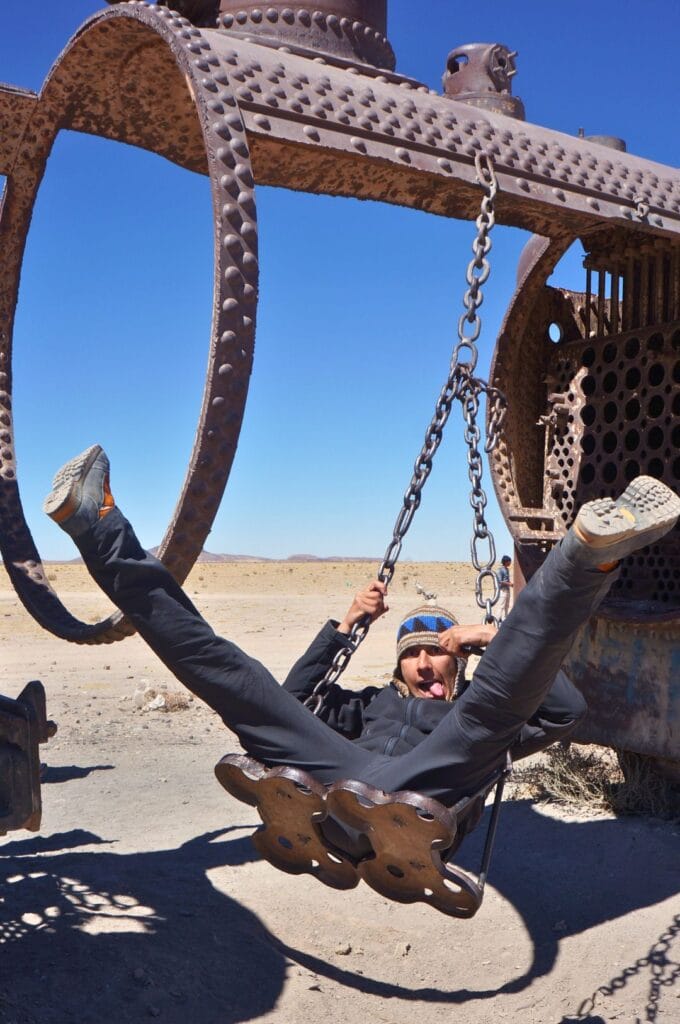
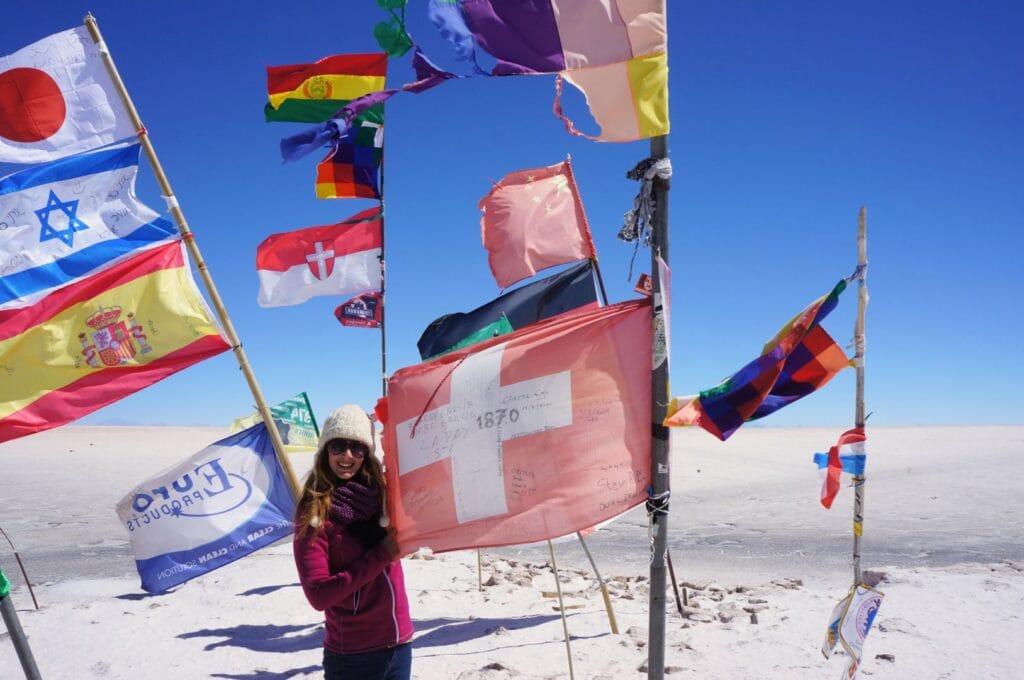
Day 1: Departure for the Uyuni salt flats
On the first day, we only cross the salt flats to reach the Tunupa volcano by the end of the day. The first stop is at the train cemetery, a relic of the railway transport that carried minerals extracted from the mines to neighboring countries until the mid-20th century. Then, a mandatory stop at Colchani and its Dakar monument, a souvenir of the famous race that passed through the salt flats in 2014. Finally, we end the day near the Tunupa volcano, north of the salt flats.
From the village, we have a lovely view of the salt flats, with a lagoon filled with flamingos in the foreground and of course, hundreds of llamas peacefully grazing by the water. A dreamlike landscape to admire the sunset!
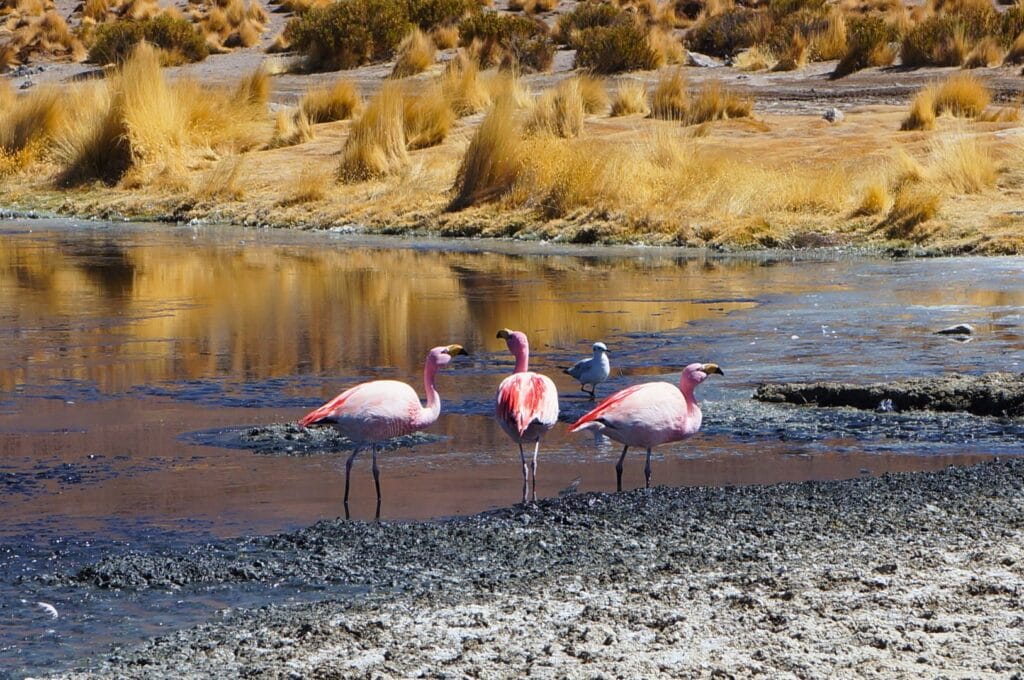
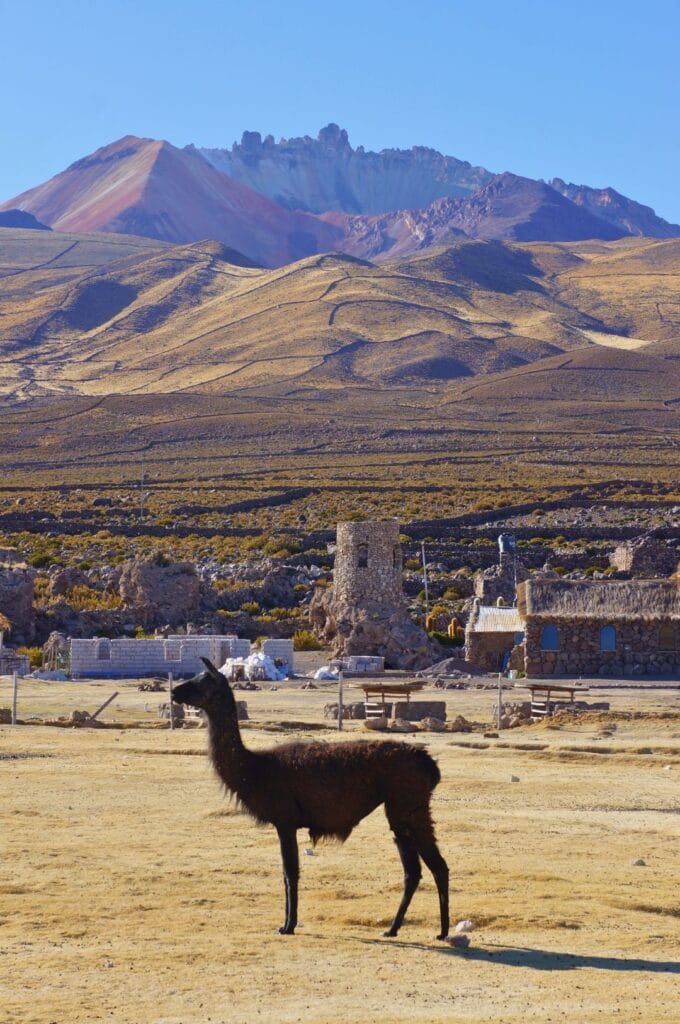
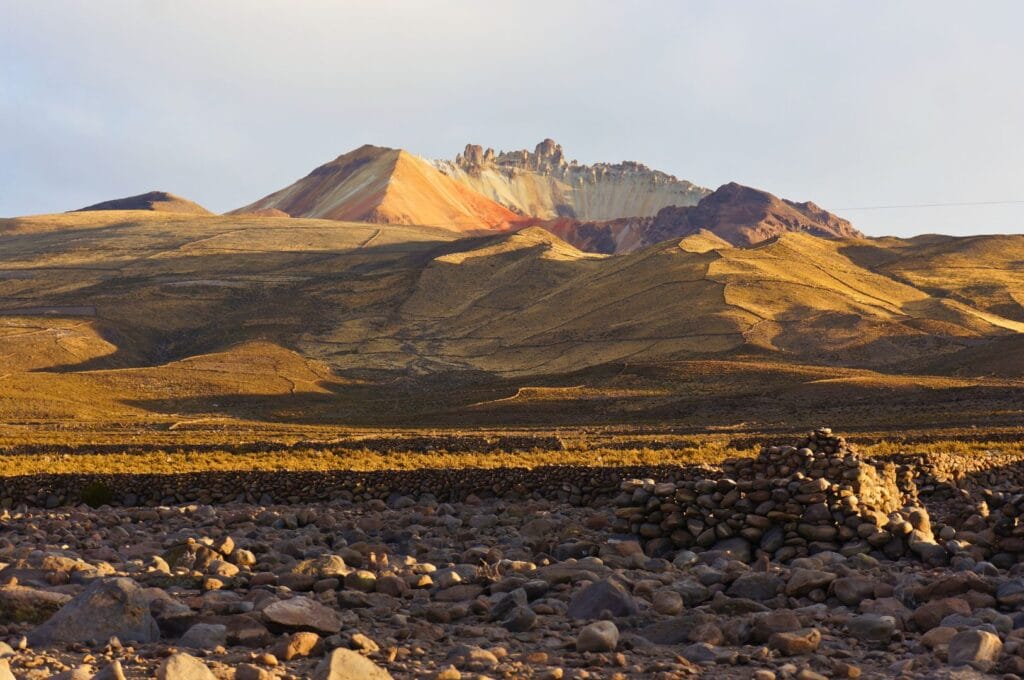
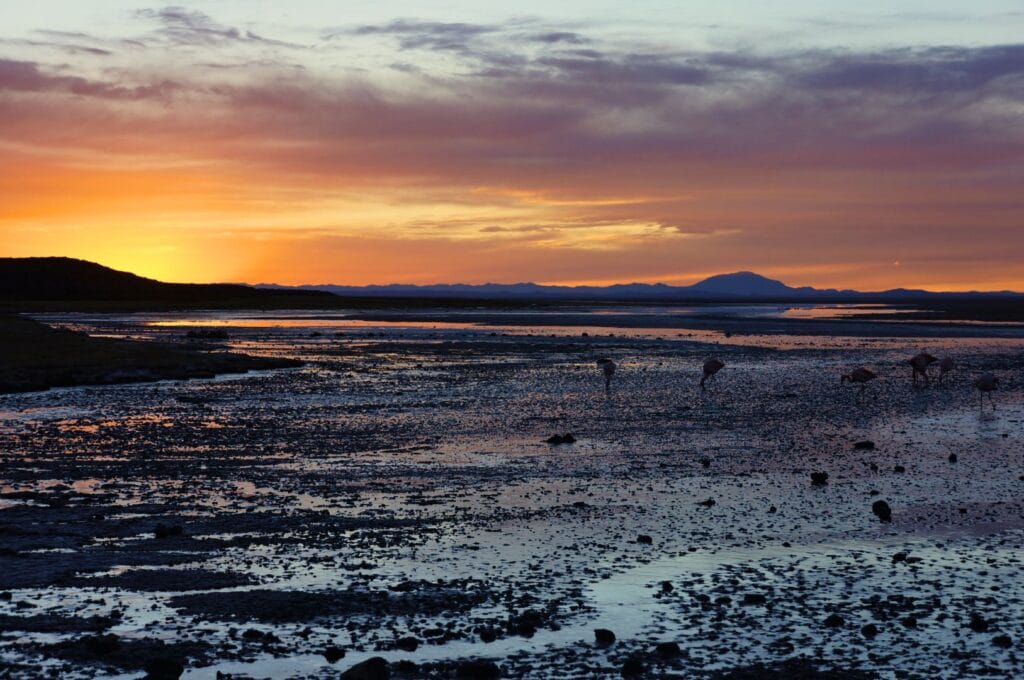
Day 2: Day in the Salar de Uyuni
On the second day, do not miss the sunrise over the salt flats under any circumstances! It’s a magical moment (and quite chilly, it must be said). We spend the morning in Coqueza, not far from the Tunupa volcano. Those who wish have time to climb to the first viewpoint and thus have a breathtaking panorama of the salt flats. It takes about 1.5-2 hours to reach the viewpoint. After lunch, we head towards Incahuasi Island with its giant cacti and join the people on the 3-day tour. There’s no doubt, we’re amazed by this immaculate salt surface. Moreover, it’s time to let your creativity speak in terms of perspective 😉. Here’s a small compilation of our most ridiculous photos made in Salar as it should be!
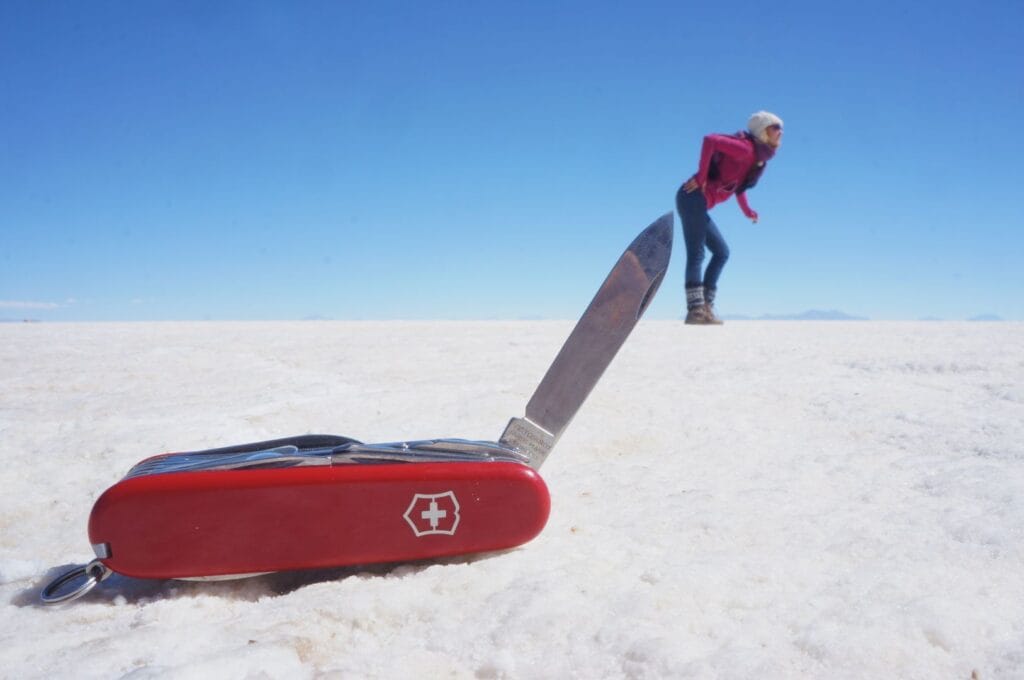
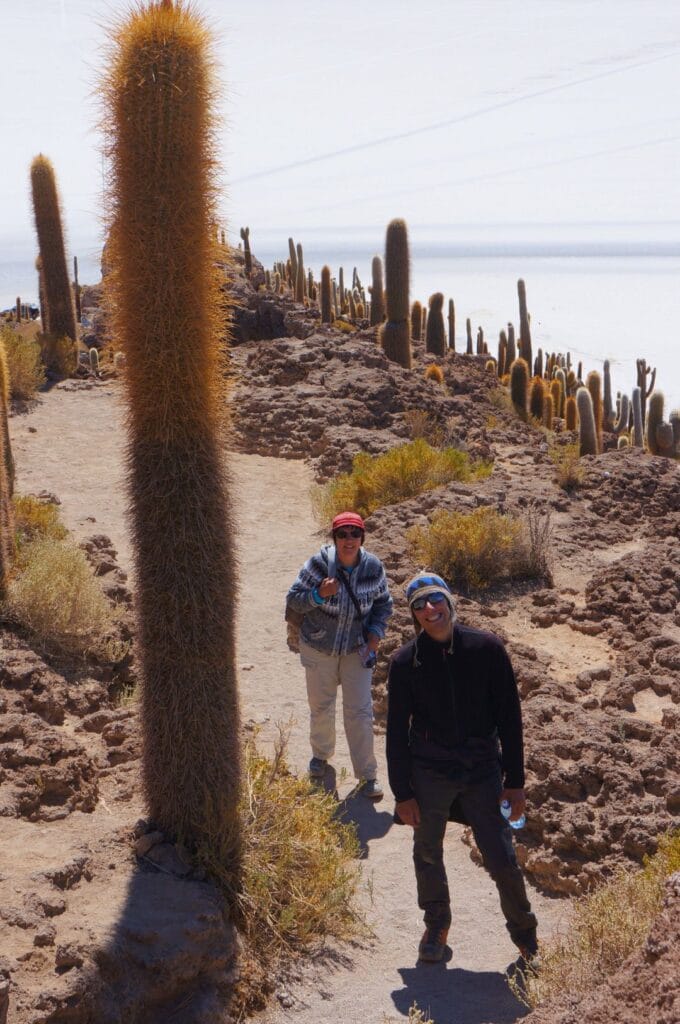
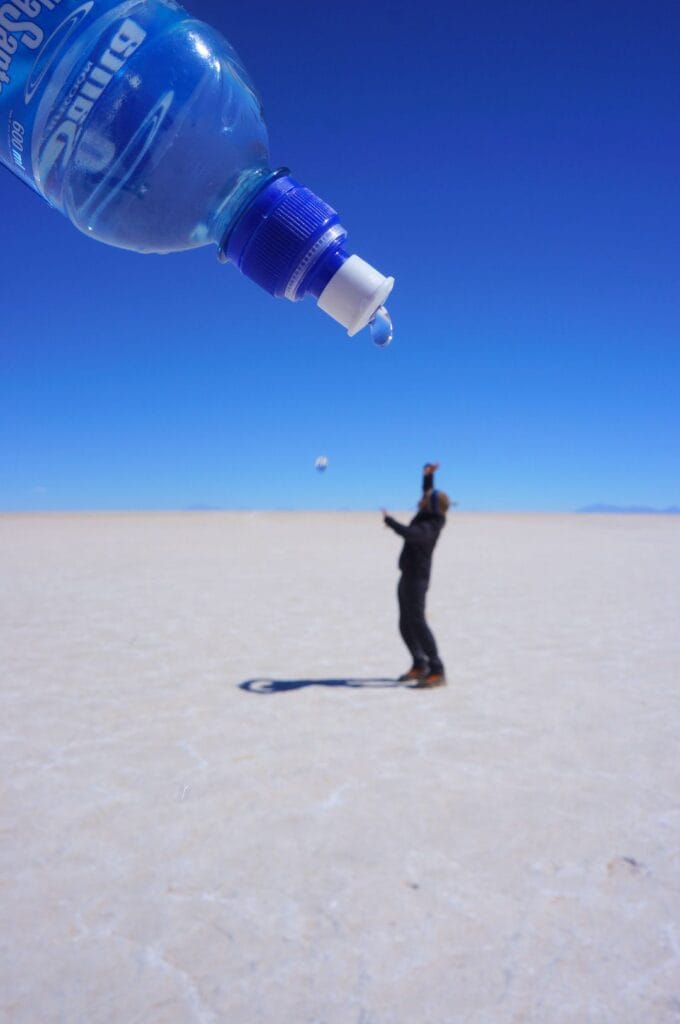
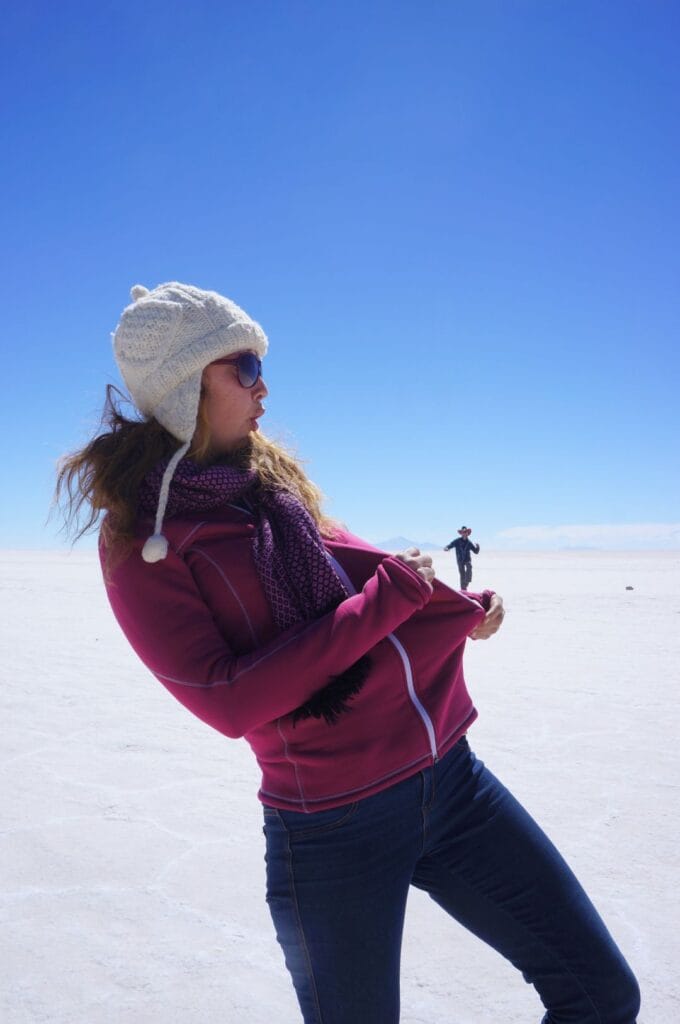
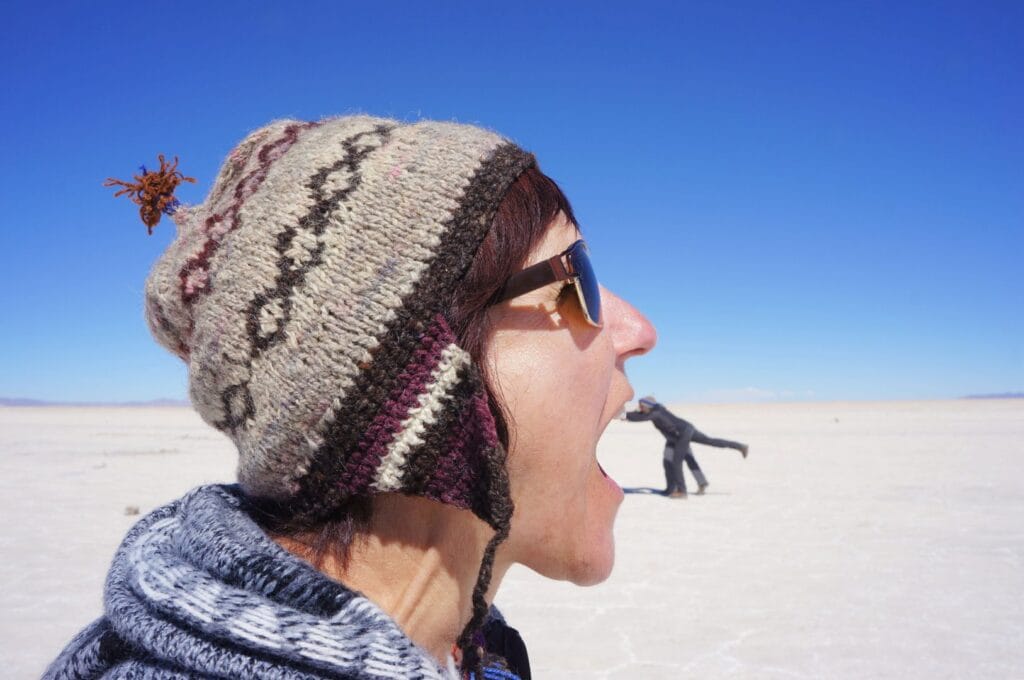
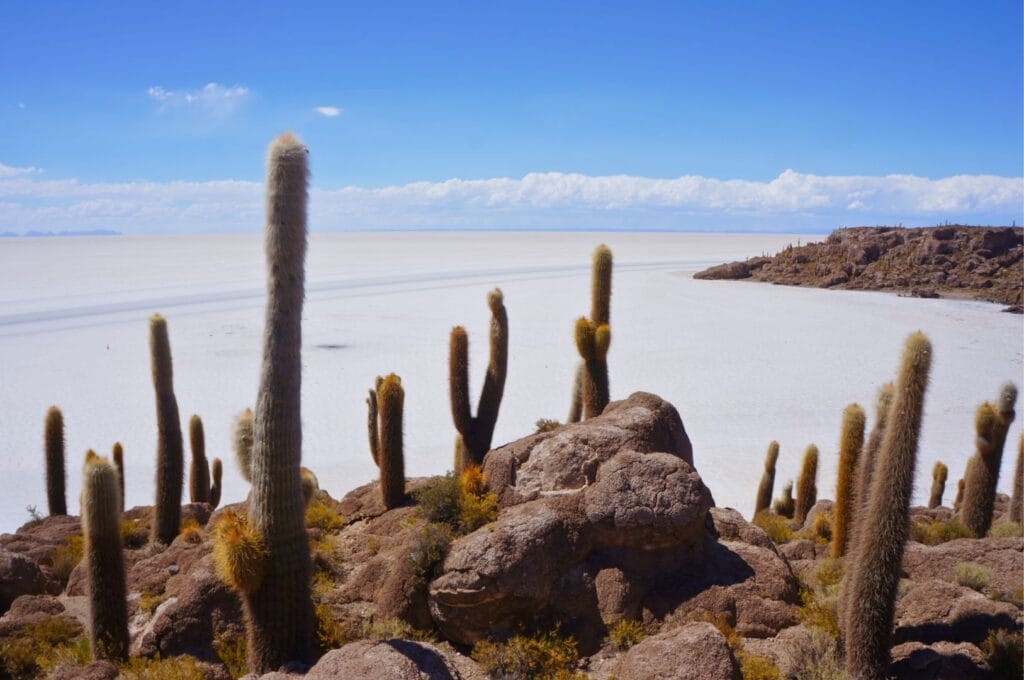
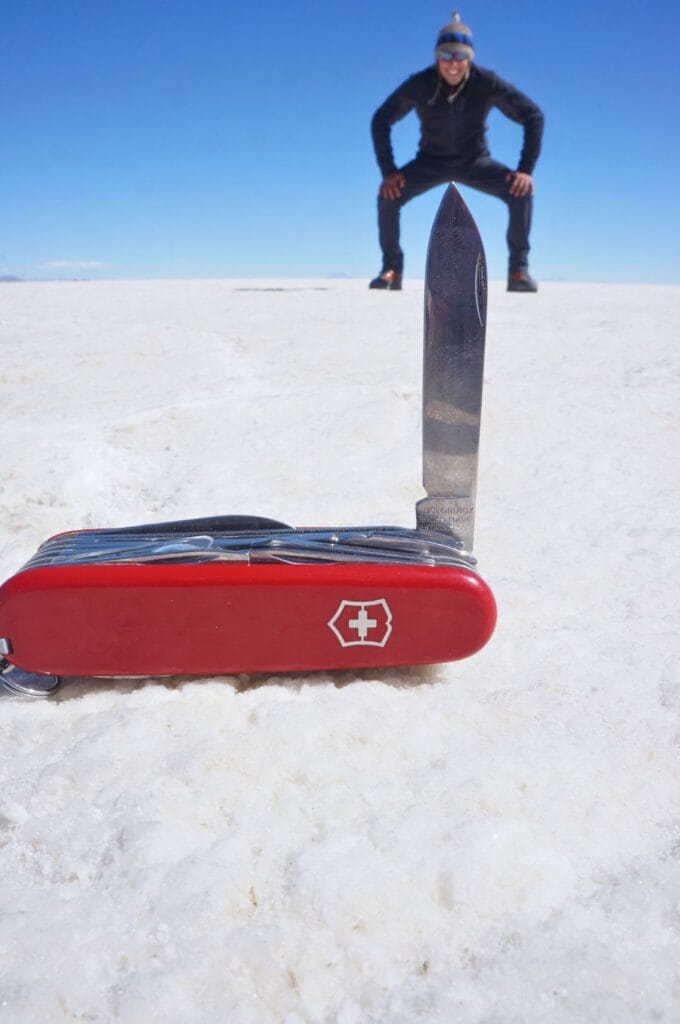
Day 3: Visit to the colorful lagoons of Sud Lípez
We thought the highlight was the salt flats, but that was without counting on the natural gems of Sud Lípez! This third day is simply incredible. Between the magnificent Laguna Hedionda, the Árbol de Piedra and other curious rock formations of the Siloli desert, the Laguna Colorada and its pink flamingos, the Dali desert… It’s just an explosion of colors!
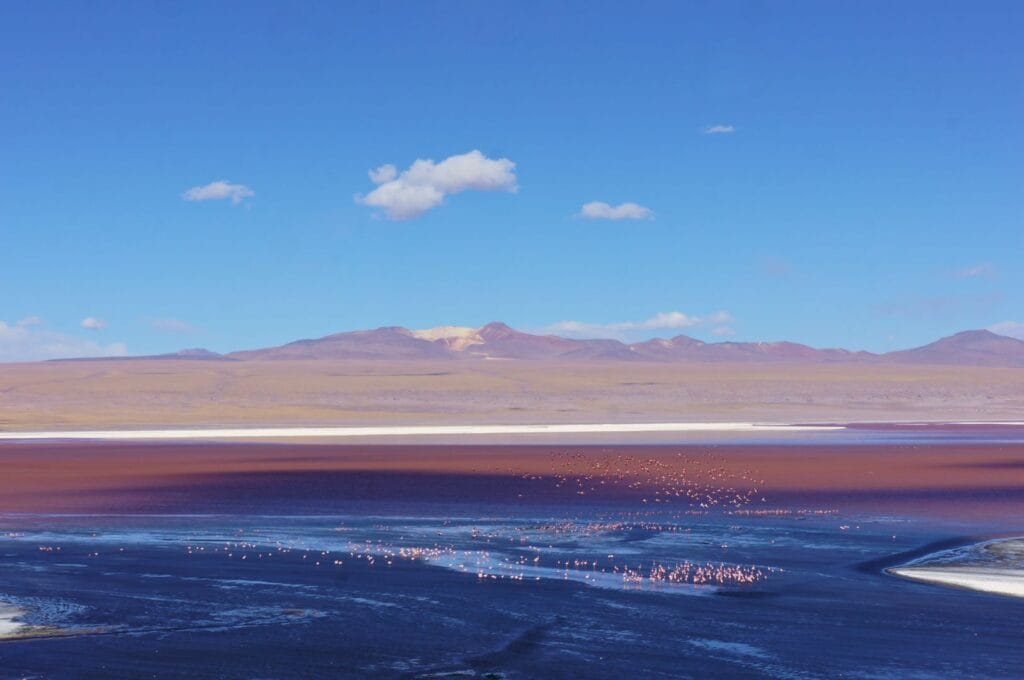
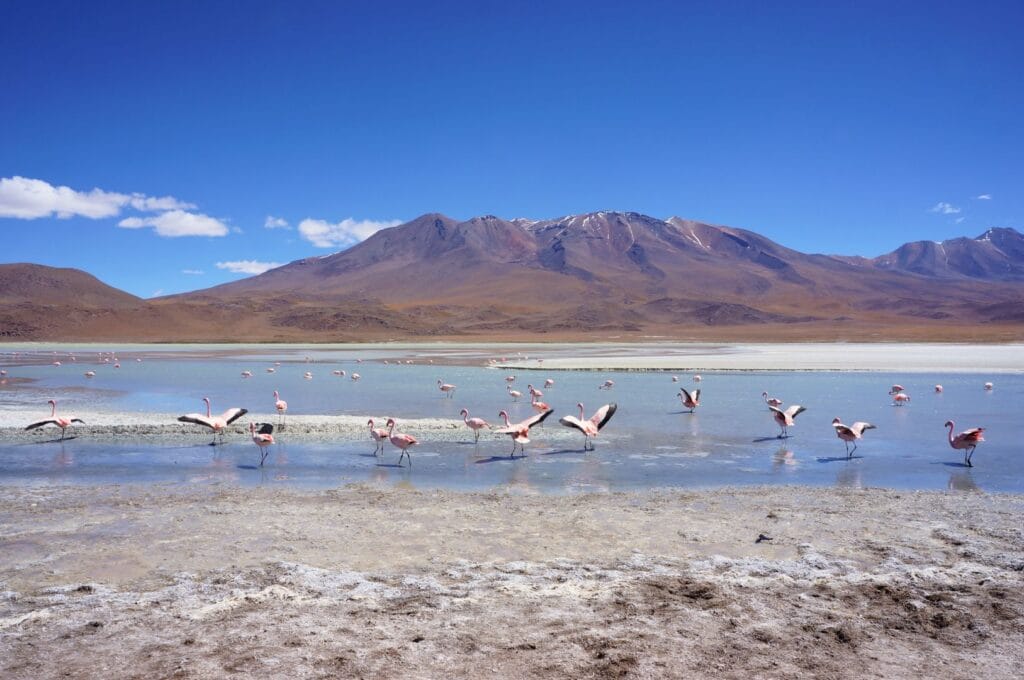
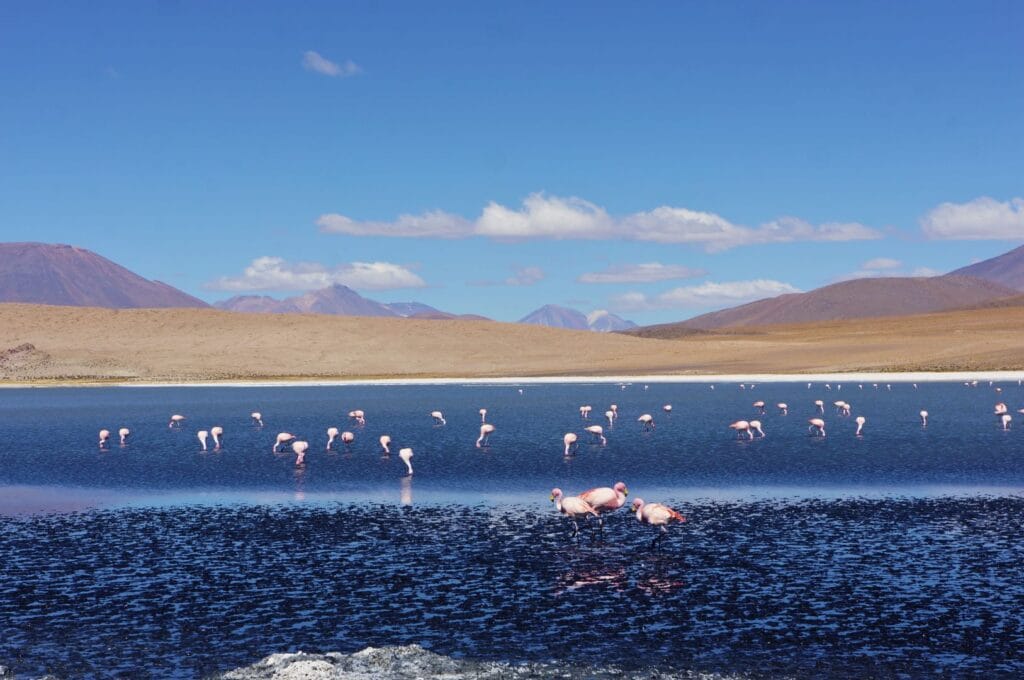
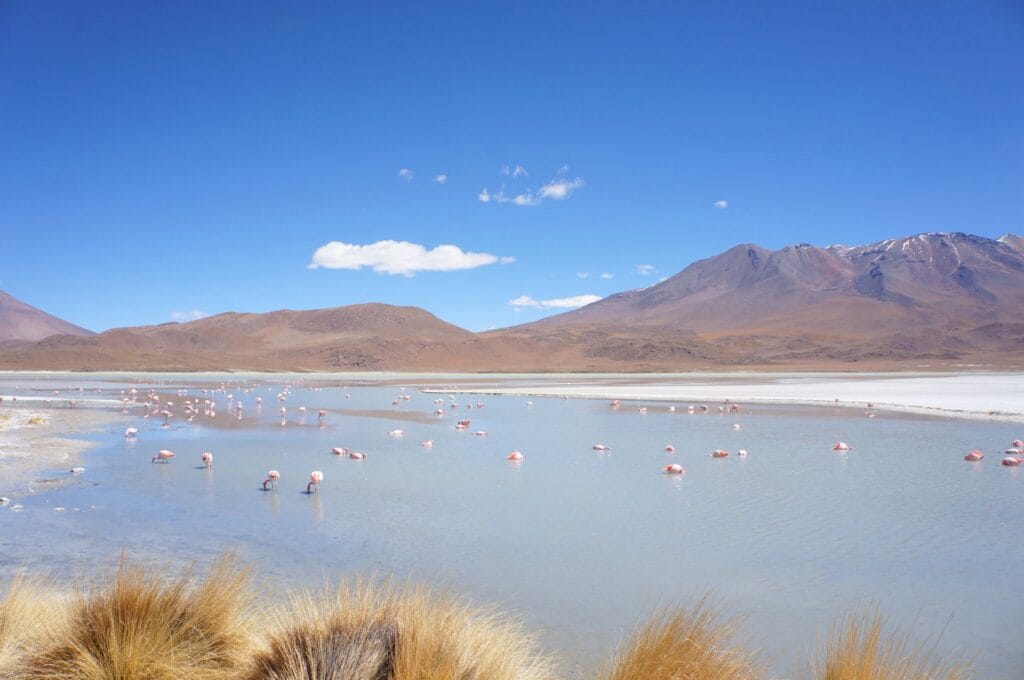
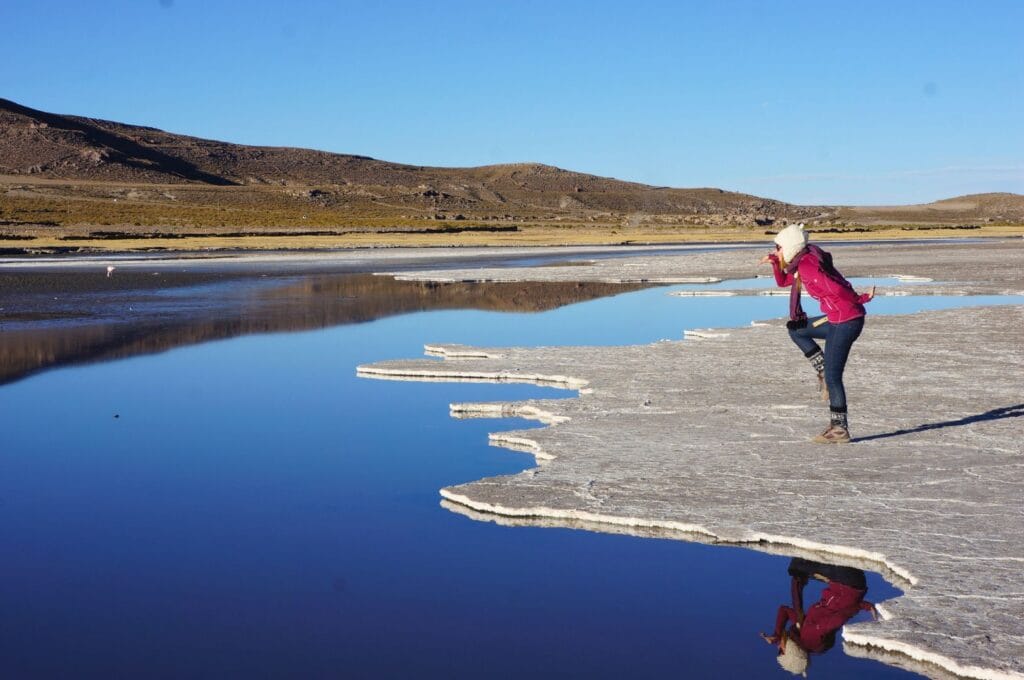
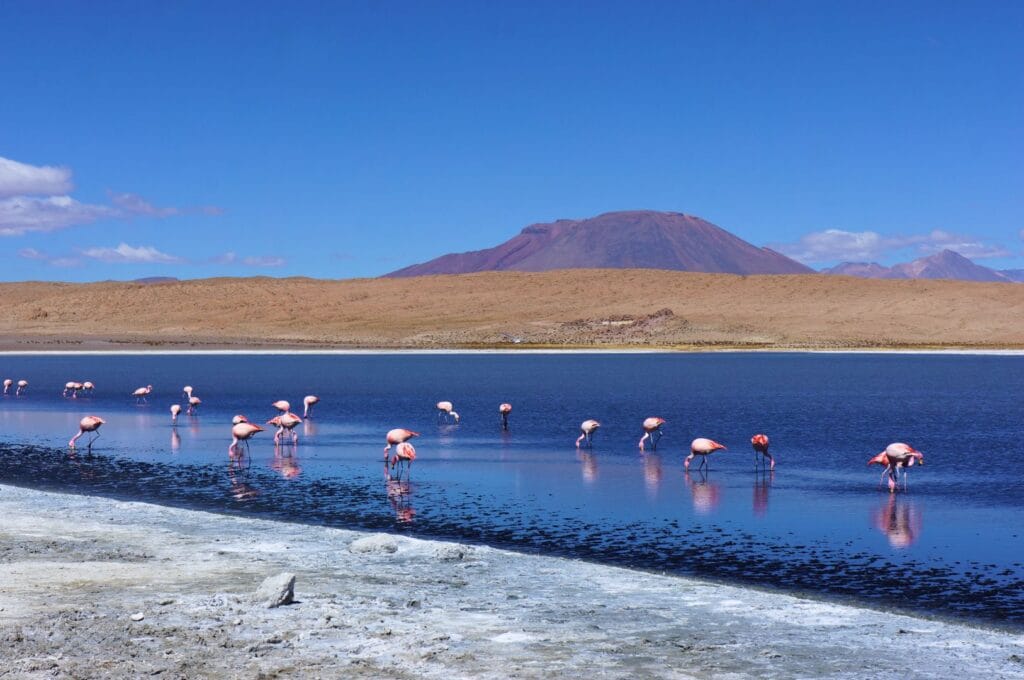
Day 4: Tour of the geysers, Laguna Verde, and return to Uyuni
Finally, this 4-day tour ends peacefully with a visit to the Laguna Verde and the majestic Licancabur volcano in the background, the Sol de Mañana geysers, as well as a dip in the hot springs Termas de Polques to forget the surrounding cold. It’s time to return to Uyuni, with our heads full of these incredible landscapes.

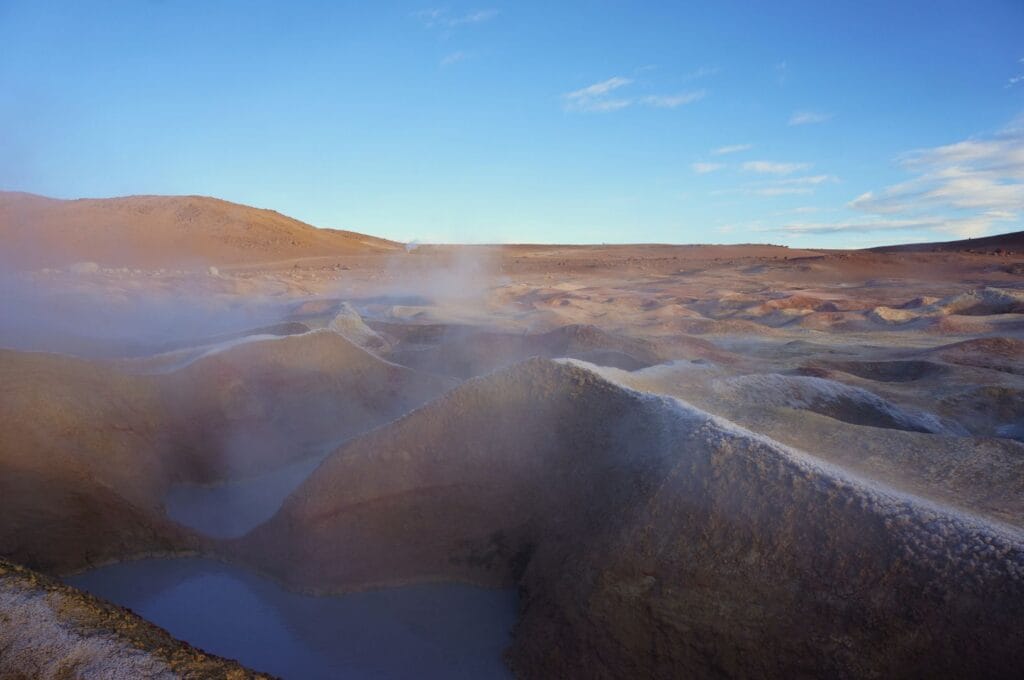
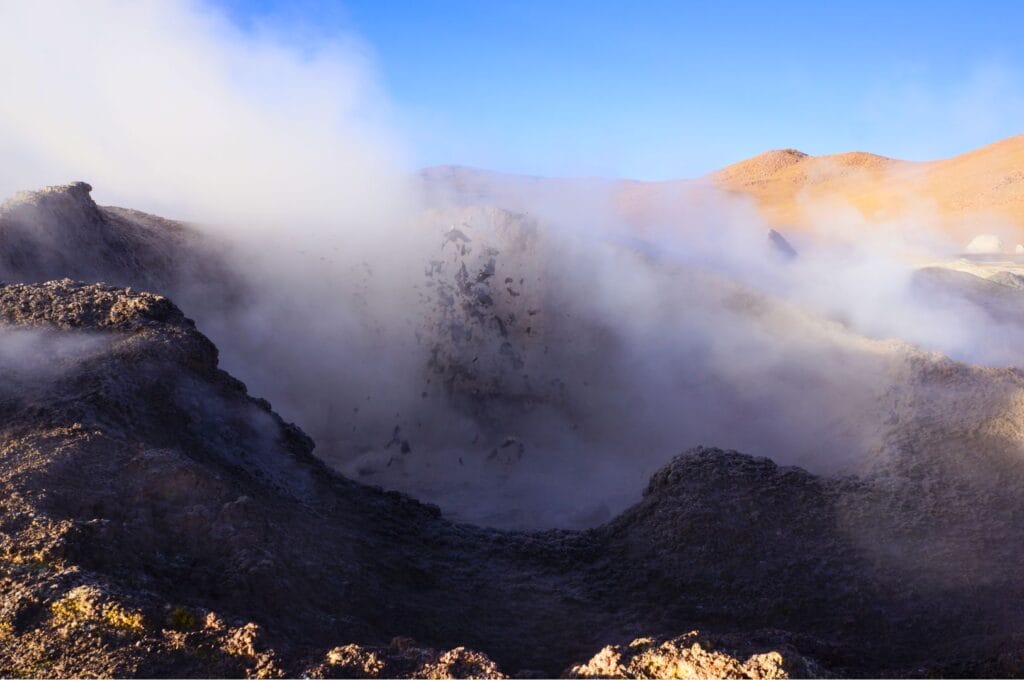
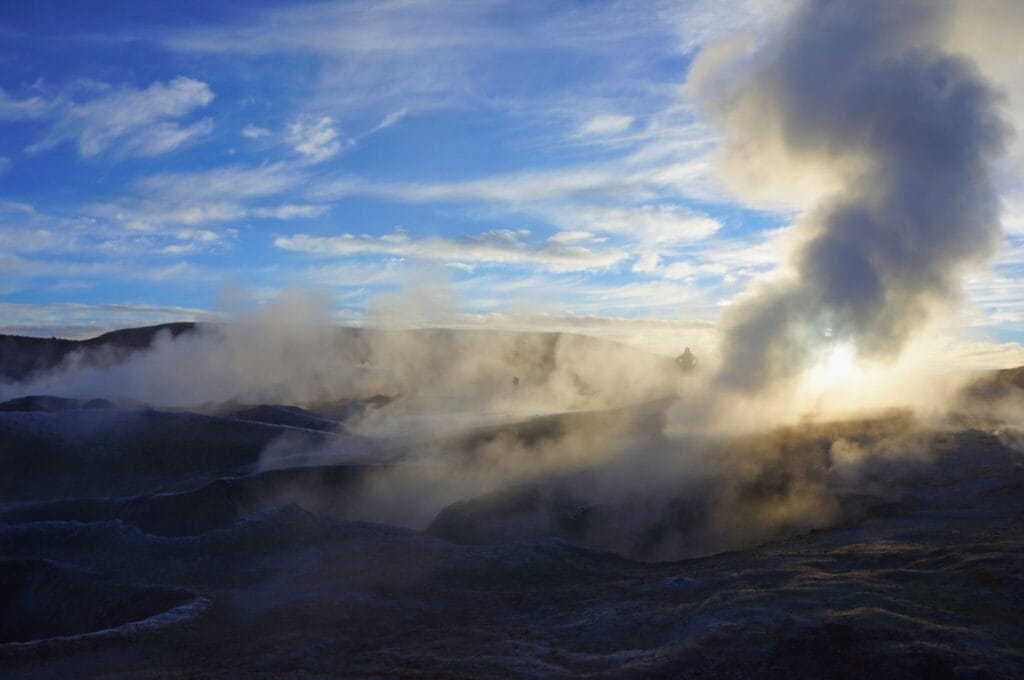
For the next stop of our trip in Bolivia, we’ll meet you in the Sajama and Lauca National Parks, including the ascent of Parinacota! Are you continuing the journey with us?
Pin it
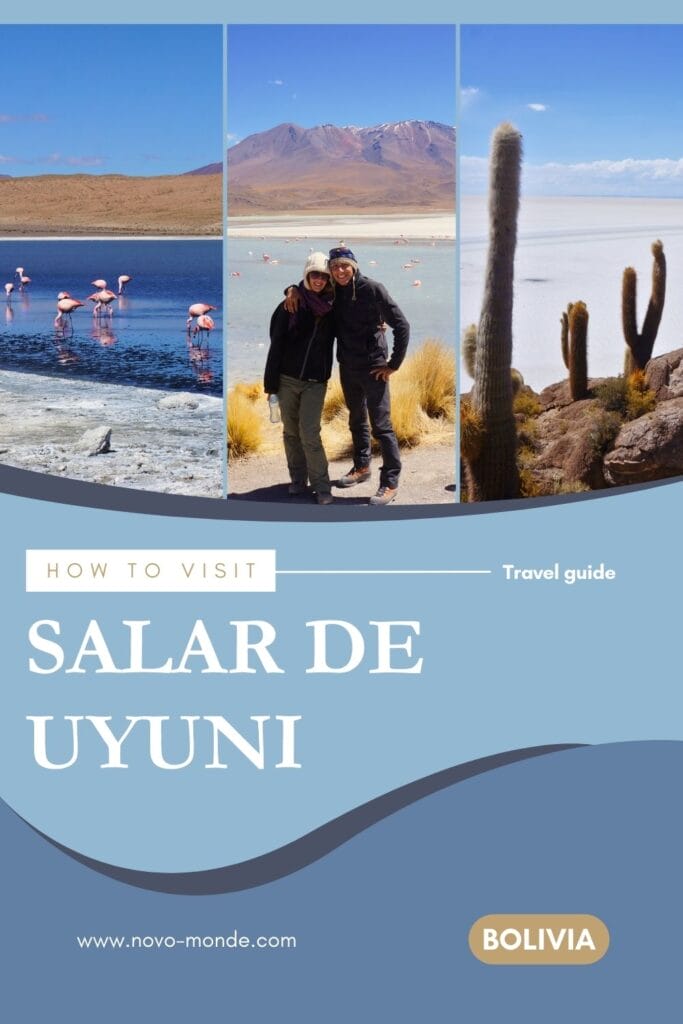
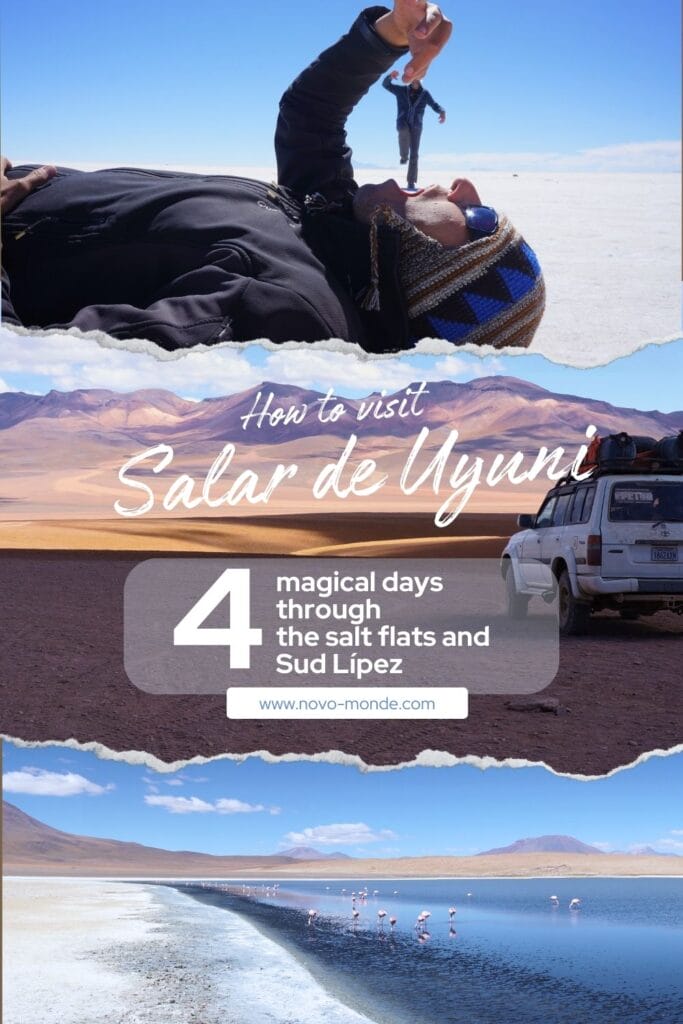
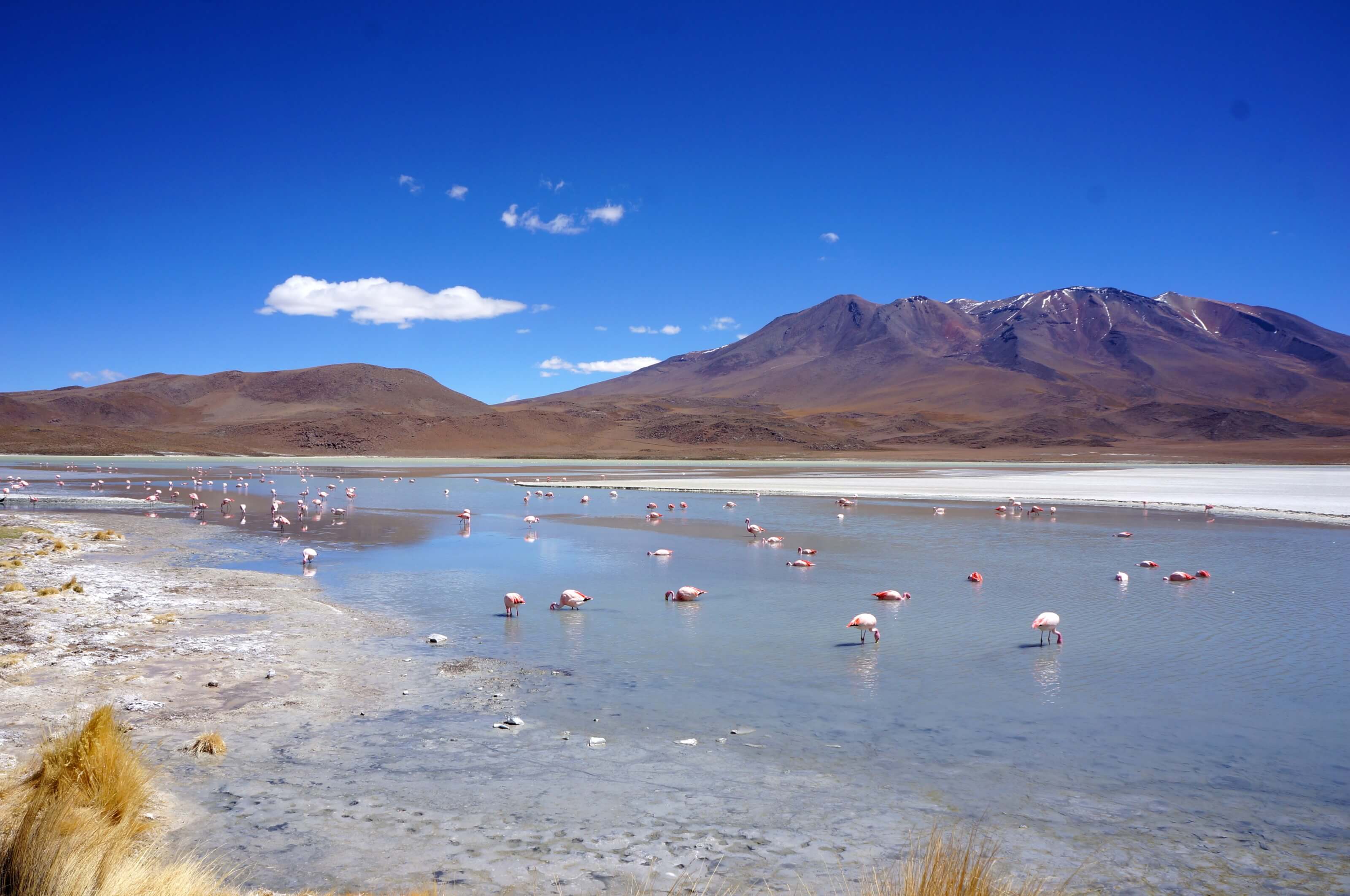
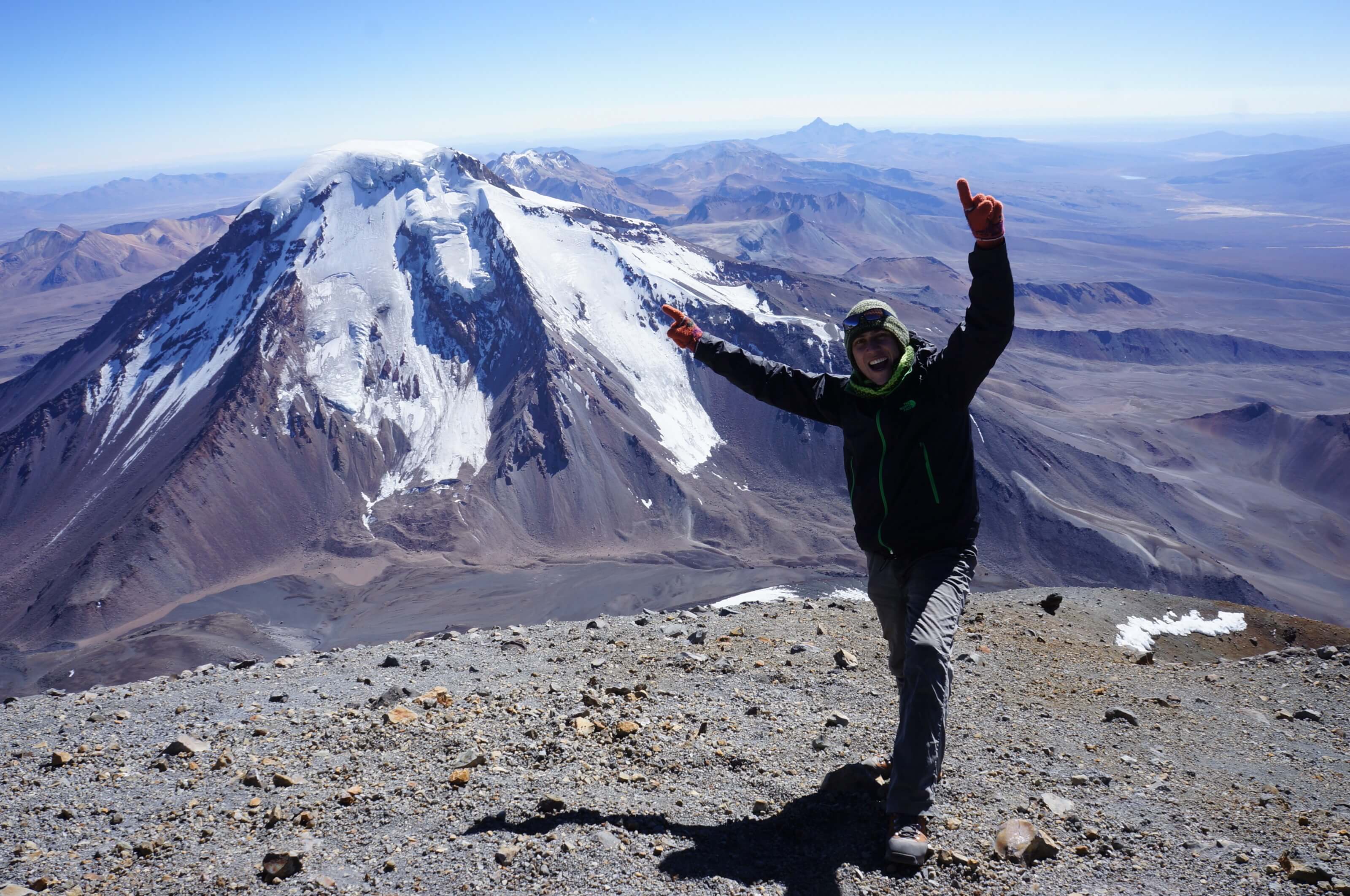
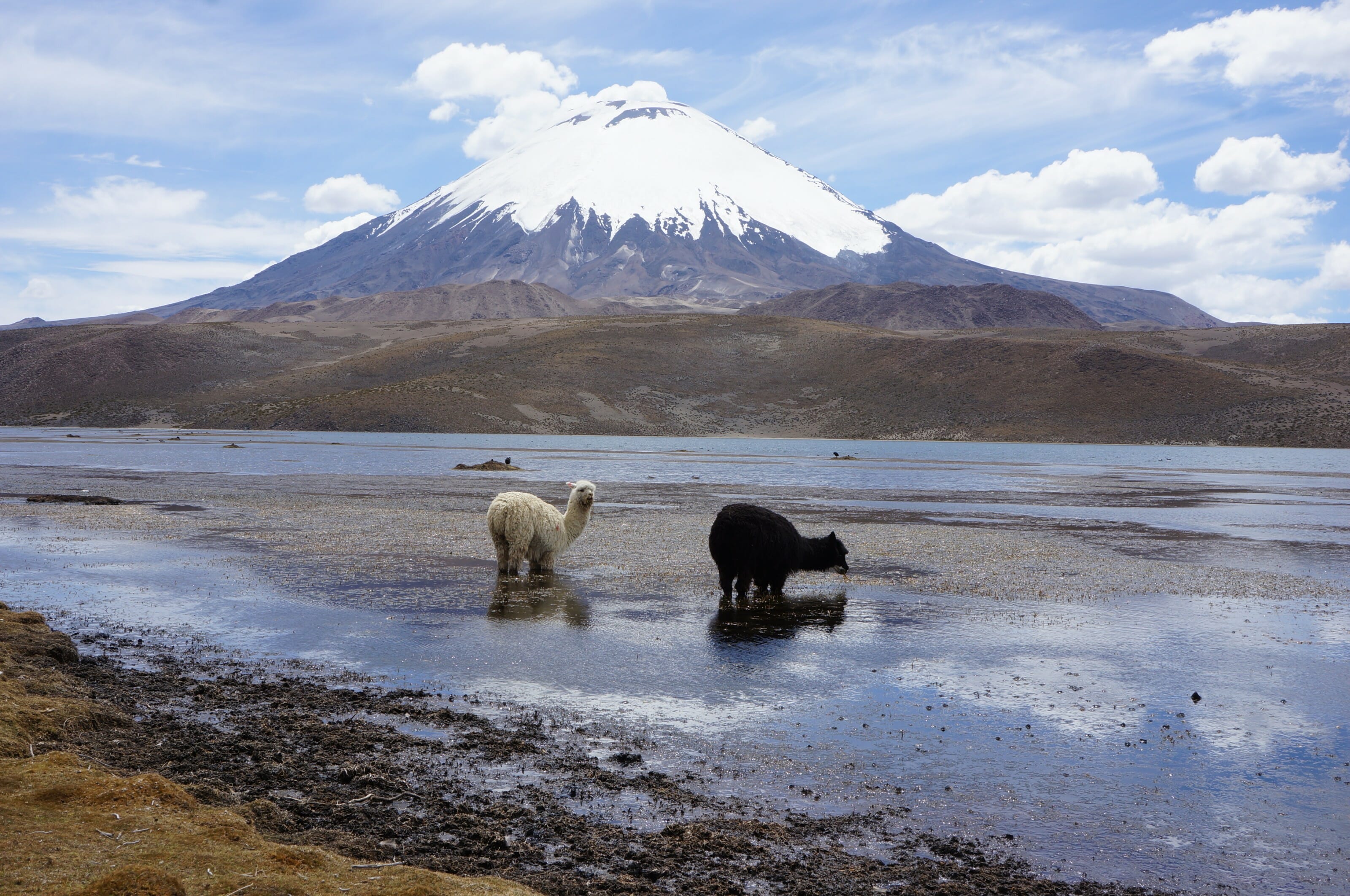
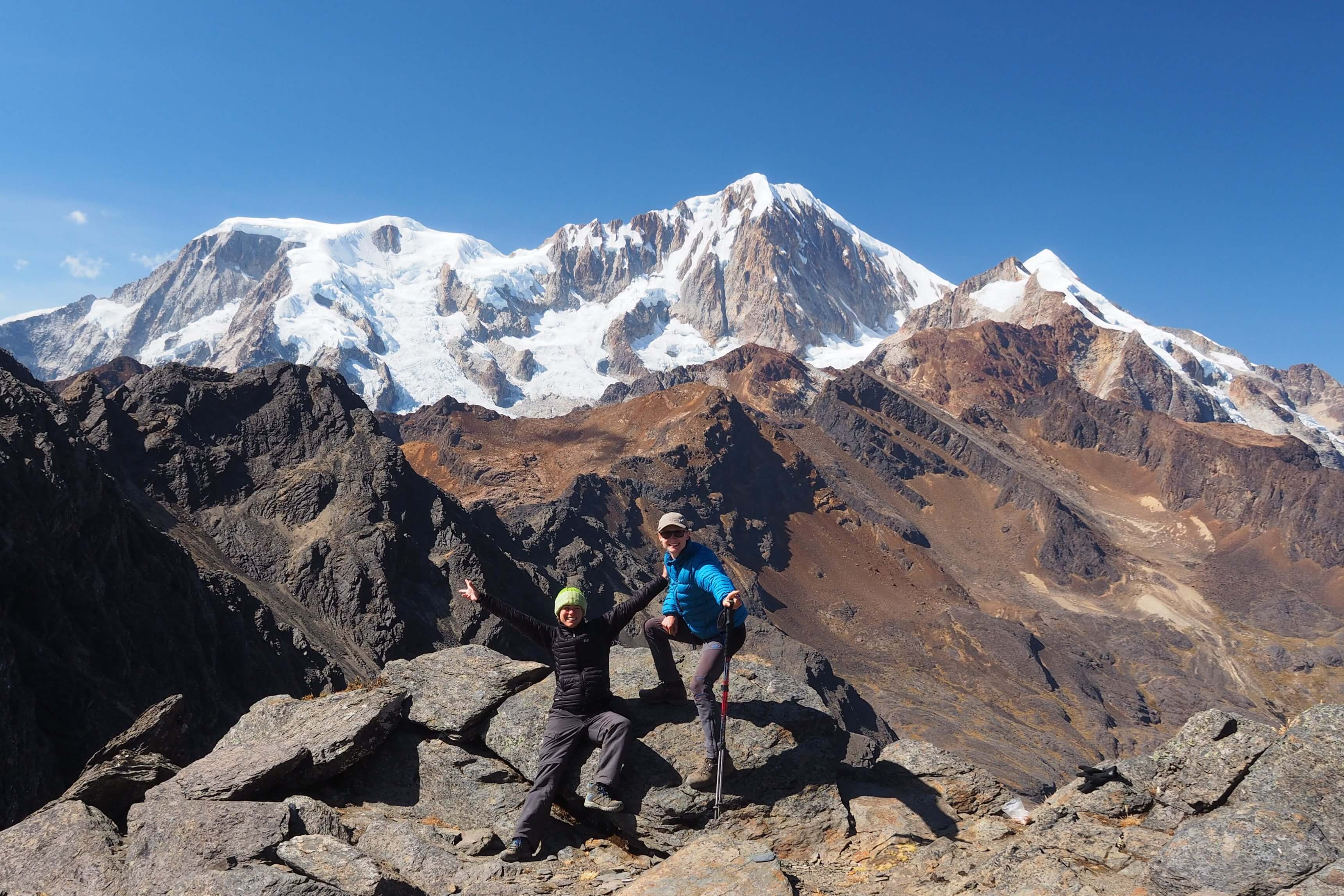
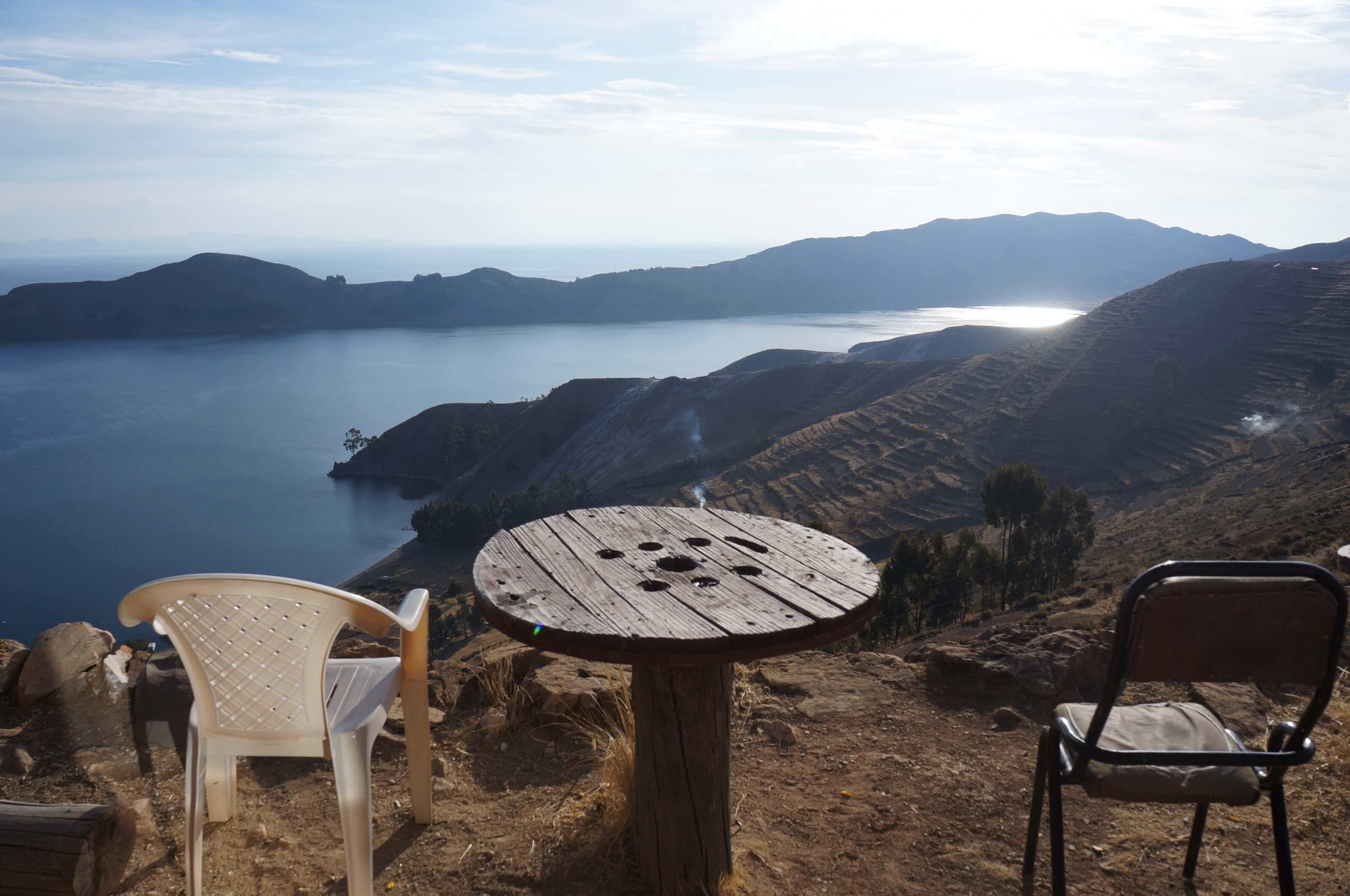
Join the discussion